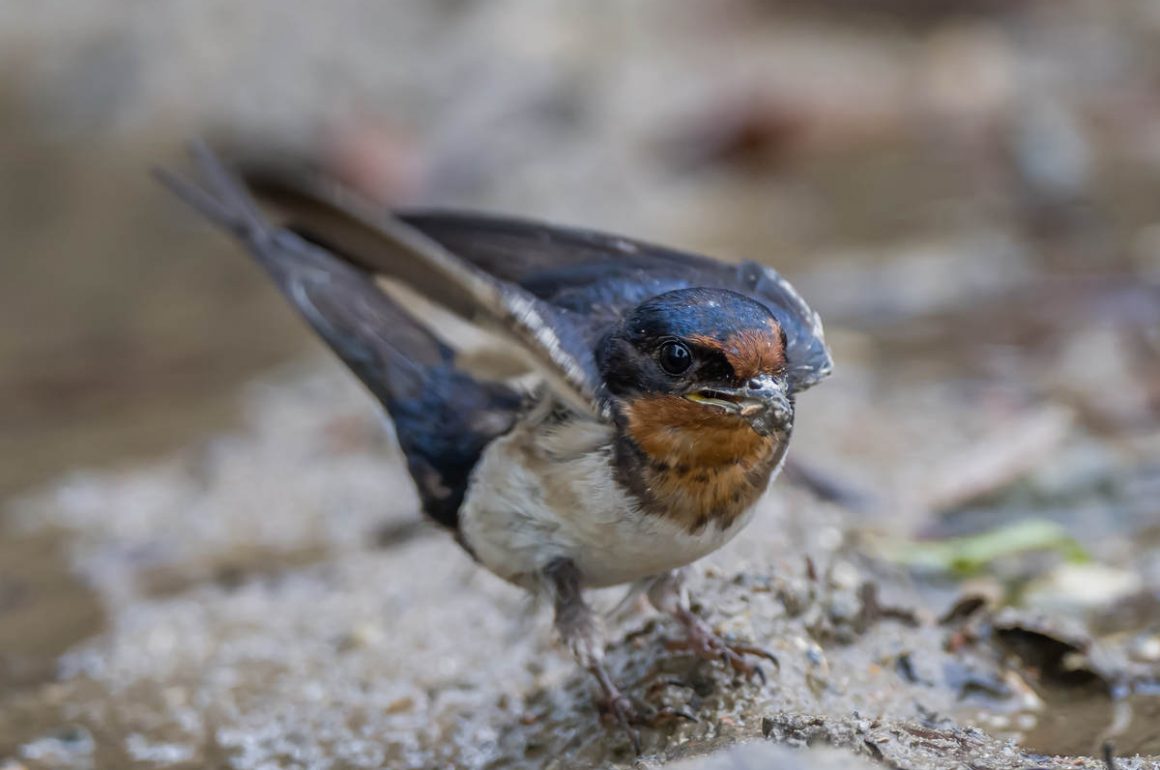
To be precise, “Birding Shanghai from June 10 to June 30, 2022” – but that is even less of an exciting title than the one above. The reason for this post only covering the period from June 10 being that an earlier post, “Revenge Birding”, was about the first 9 days of June. Do you really need to have Kai’s birding experience further detailed not just by month but a level below? Yes, you do, trust me.
For example, without this blog, would you know that the Barn Swallows of Nanhui are now having their own housing boom, ignorant of the overinvestment that has characterized China’s construction industry? As with Chinese male humans, having your own building is still vital to raising young. So, the birds start collecting mud and small sticks.
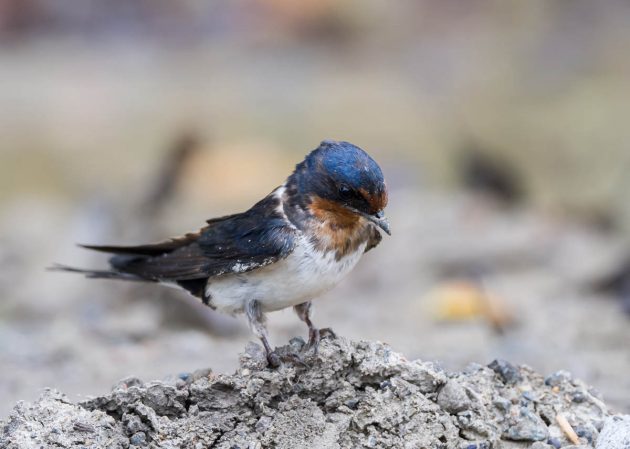
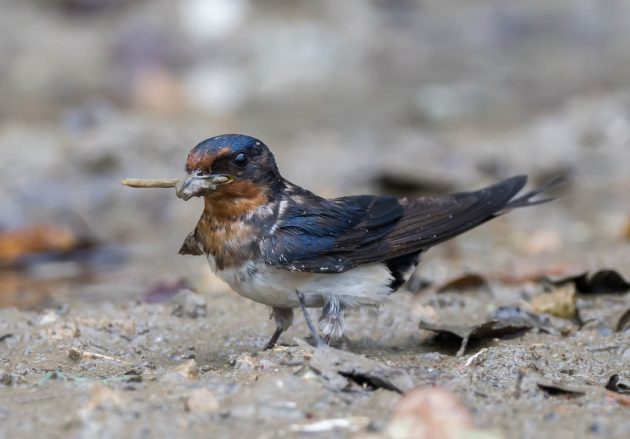
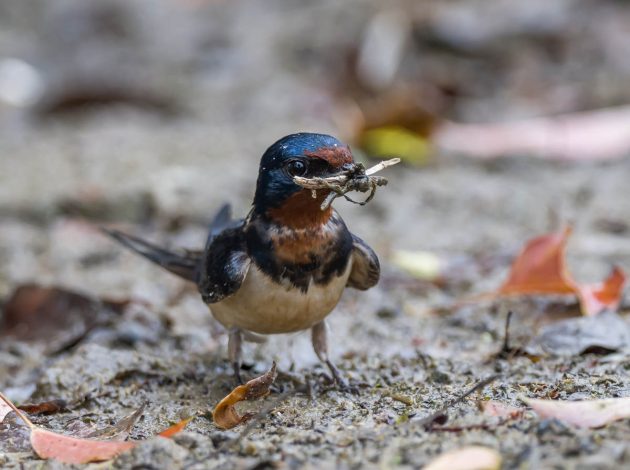
Nest building: a good activity for a rainy day. You should try it too. It relaxes and gives you a new perspective on life (I know that this is bullshit but I know enough people who say such things for real and probably believe them).
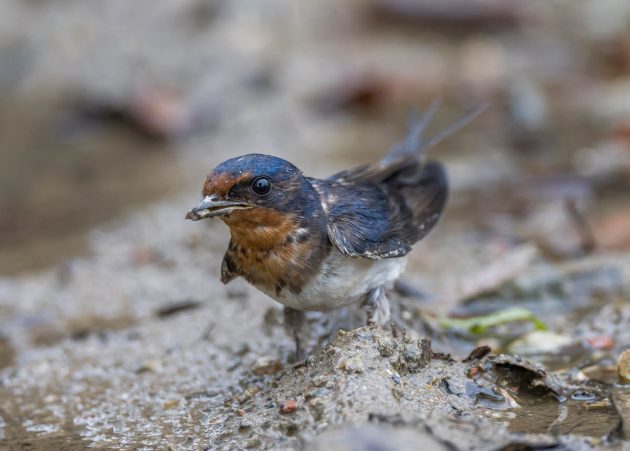
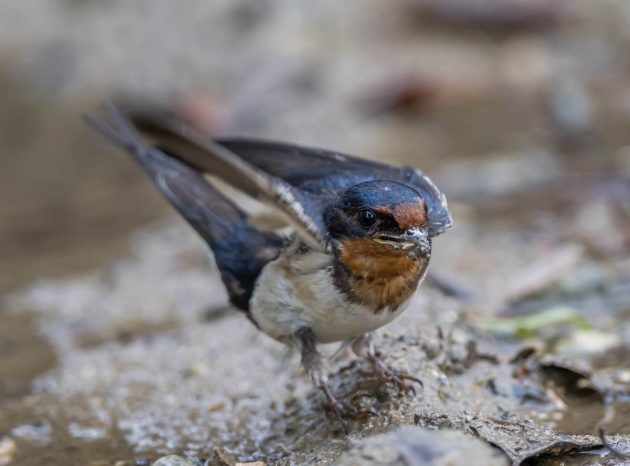
The only drawback of building a nest is that there is a bit of pressure to use it later. That can be exhausting.
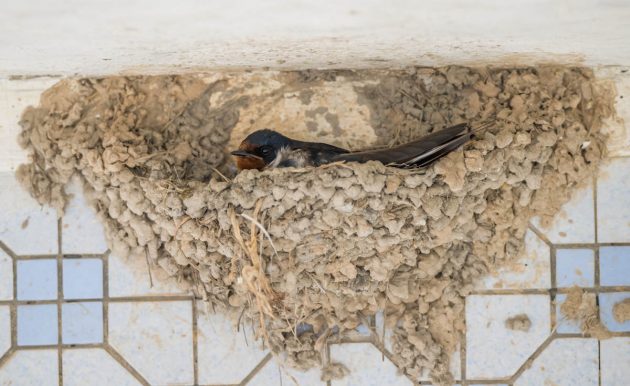

Collared Finchbills kind of make me wonder why there aren’t more green birds. Arguments in favor:
1. It looks nice
2. It offers good camouflage
3. It sets you apart from all these non-green birds
4. It works well with other colors, e.g., a black head.
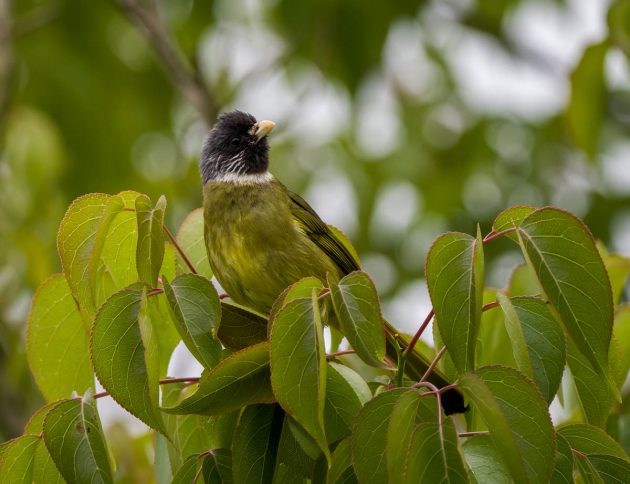
While the species favors forested hills at moderate elevations (source), there are no hills at all here at Nanhui, so maybe these individuals are outcasts or just eccentrics.
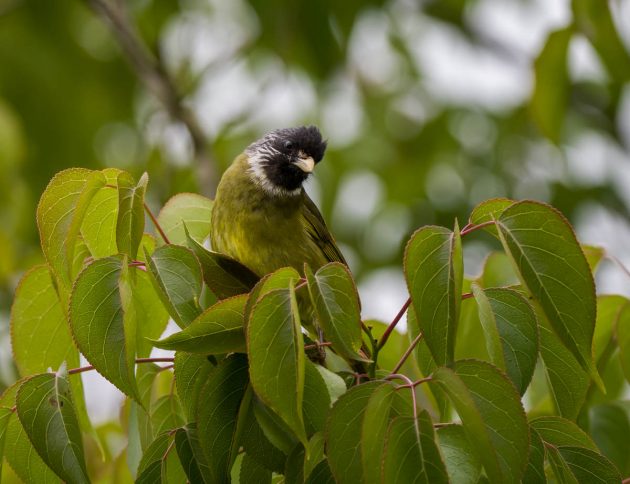
Strangely, the photo accompanying the Wikipedia entry on Collared Finchbills, Asian birds, was taken at Cincinnati zoo. As Cincinnati is sort of the place where one of my favorite bands, The National, comes from, I am not going to grumble too much about it. But I am grumbling a little bit about it. I wonder what Americans would think if, in a Wikipedia entry, a Bald Eagle would be illustrated using a photo taken at an Albanian zoo.
True to form, the United States Department of Agriculture seems less concerned about the health or status of Yellow Bitterns and more about managing the birds on Guam to minimize threats to aviation safety.
Based on the description in the HBW, I suspect that the first two photos show the female bird …
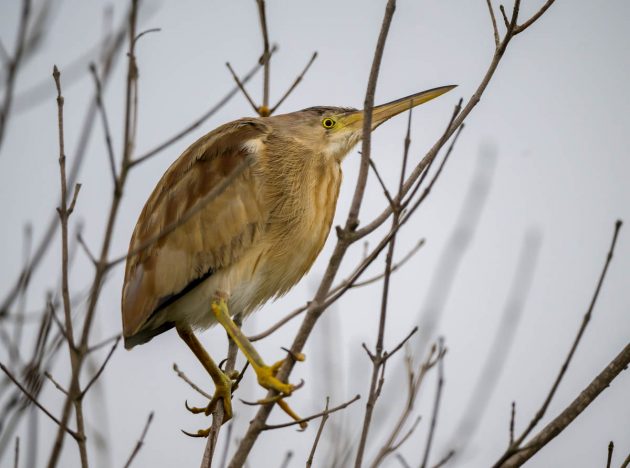
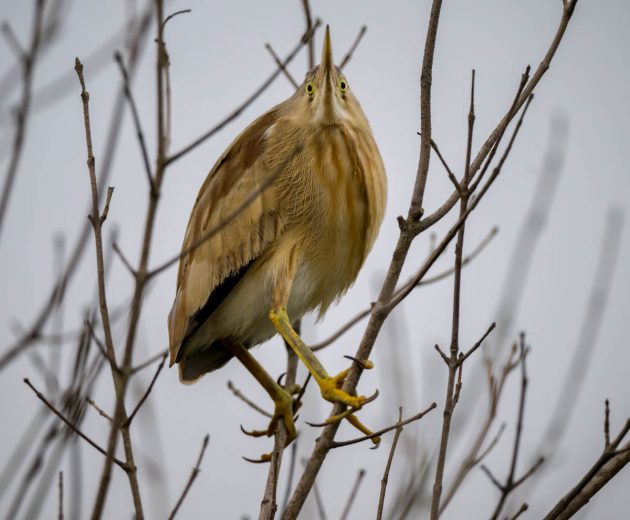
… and these two the male.
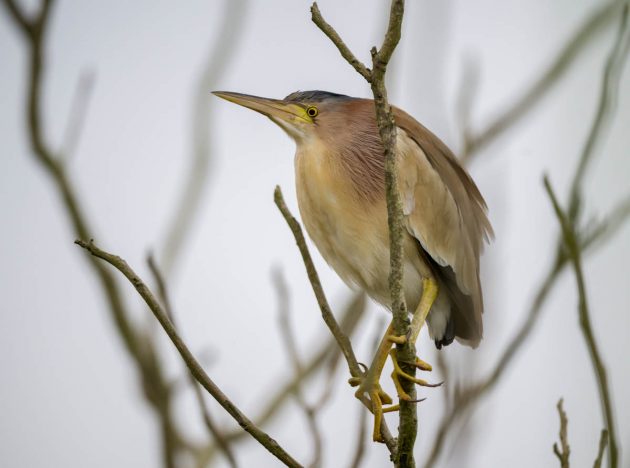
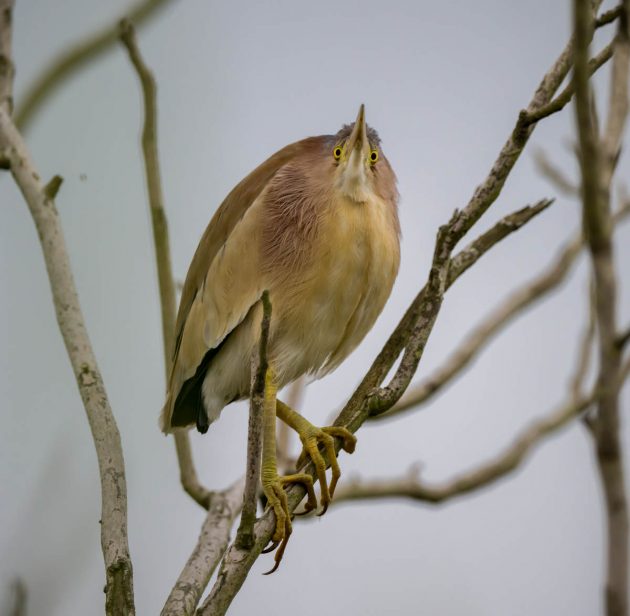
However, I find it strange that – despite giving distinct descriptions for both sexes – the HBW only shows one basic illustration and does not even indicate whether this is a male or female. Sometimes makes you wonder what the people of the Handbook of the Birds of the World are doing with all their time. Presumably not birdwatching. Maybe they spend a lot of time at Monster Truck shows, or watching wrestling.
While the food of this Common Kingfisher looks halfway decent …
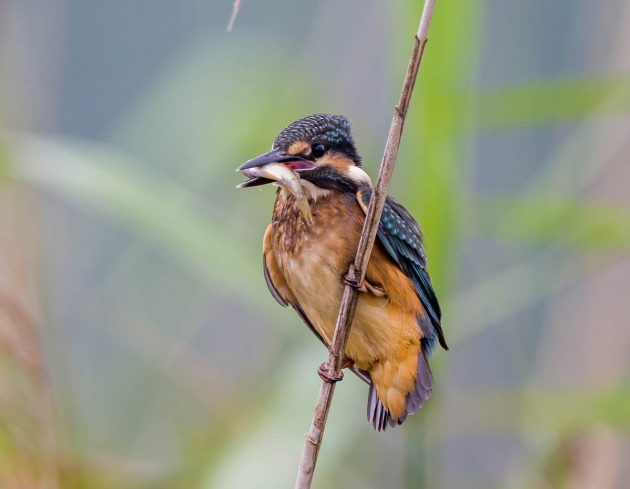
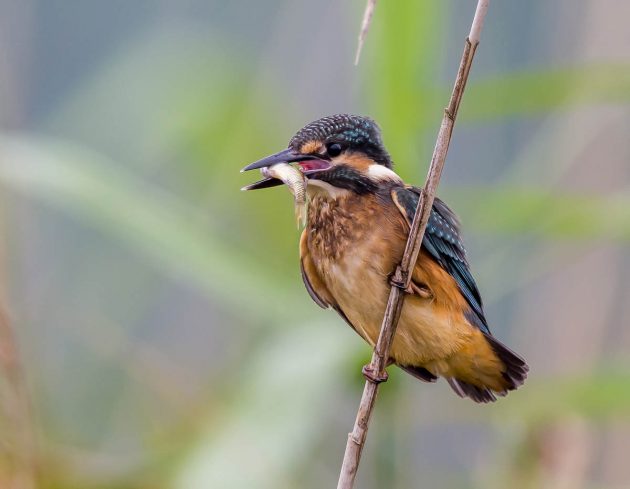
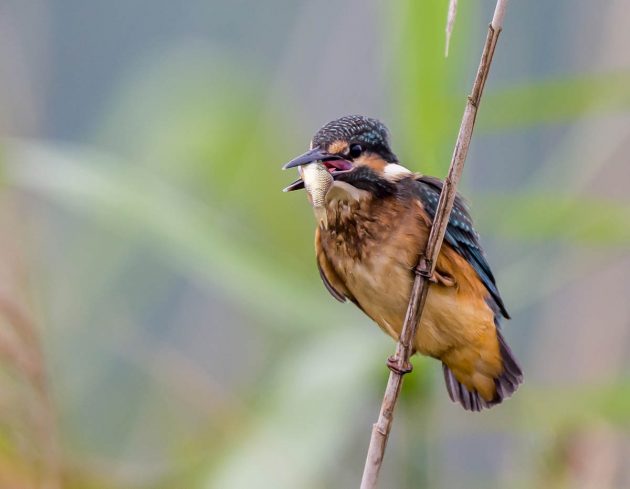
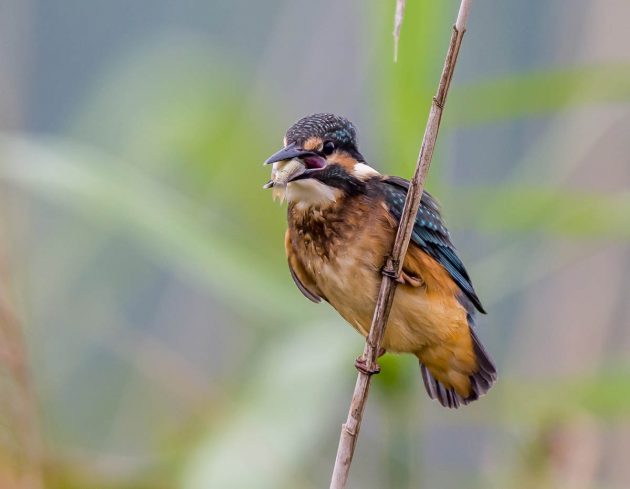
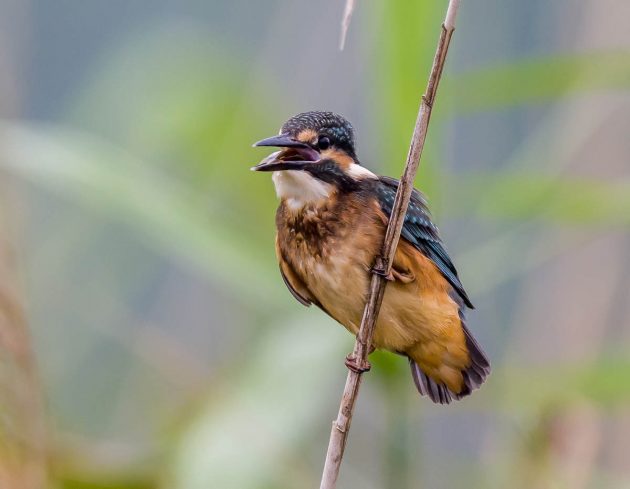
… that of the Chinese Pond Heron does not. Well, I guess it is called “Chinese” for a reason. Yes, I know. Culturally insensitive joke, and not even particularly funny.
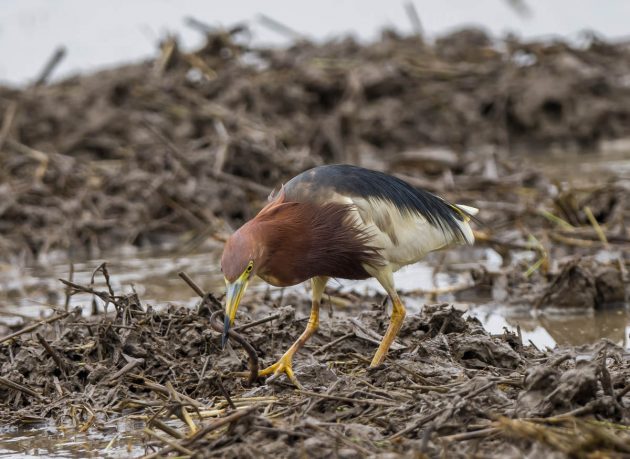
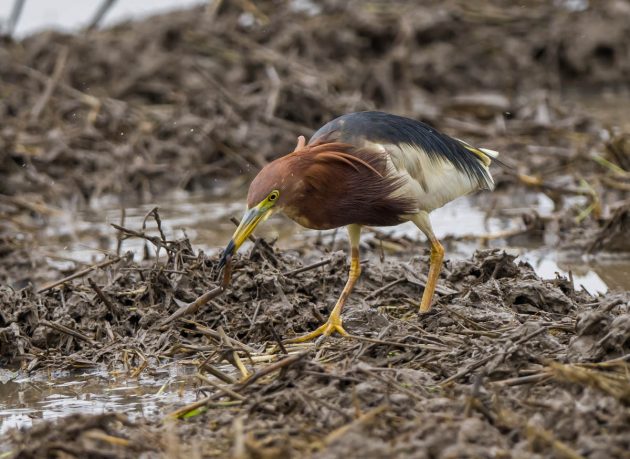
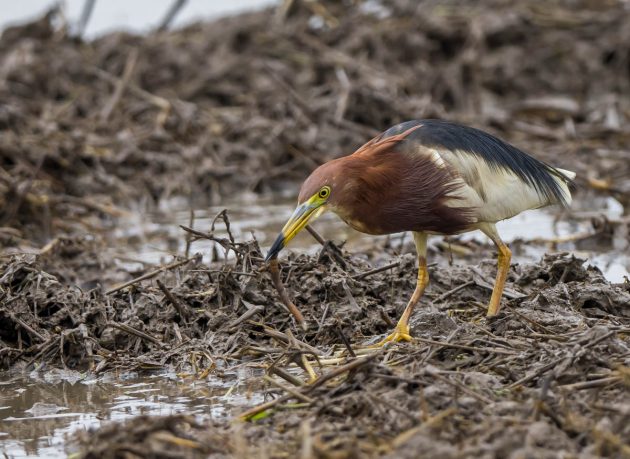
Like Chinese ladies, it looks more attractive when not eating ugly food.
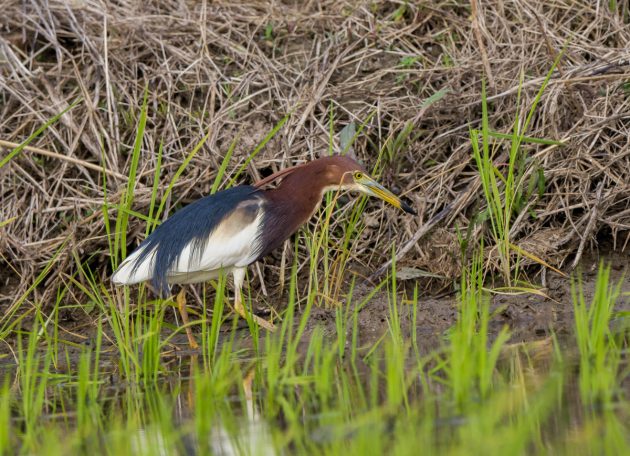
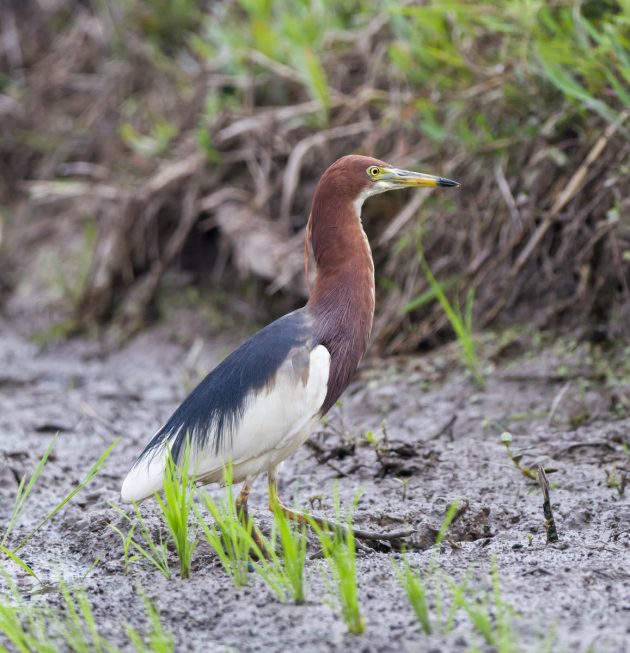
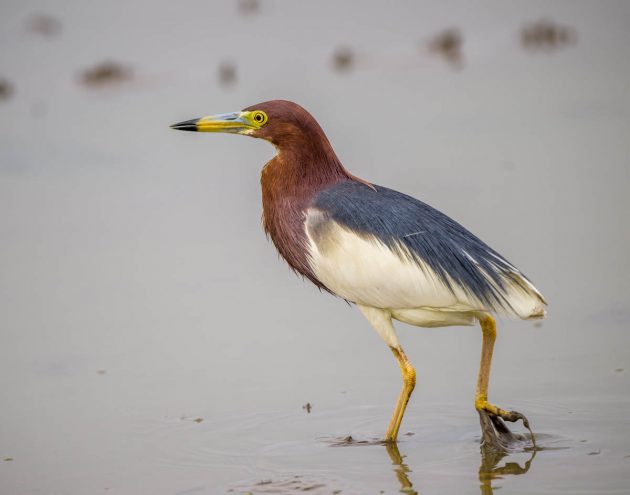
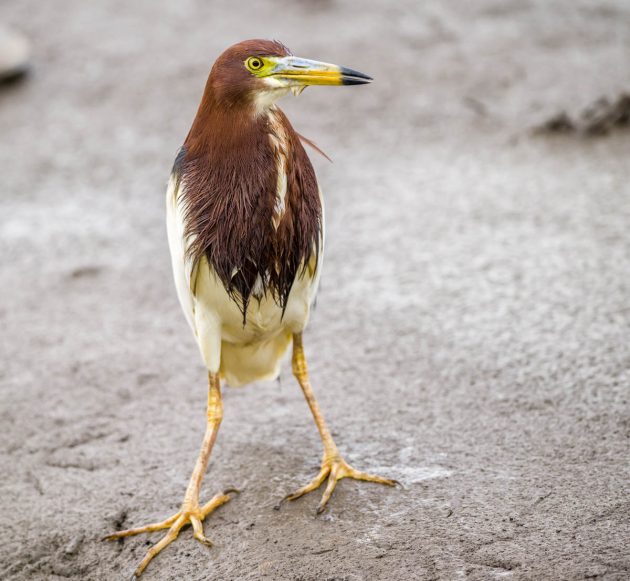
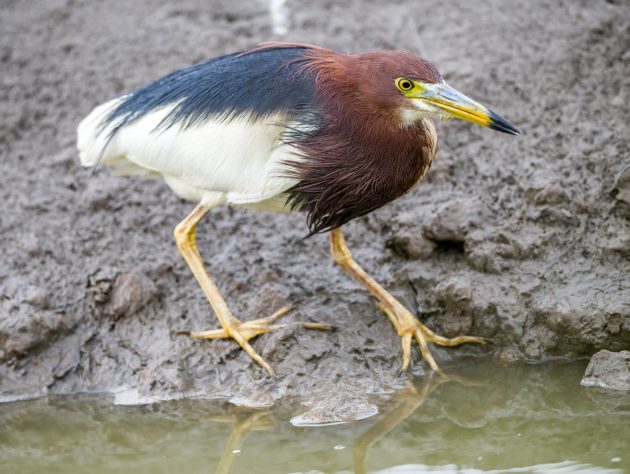
Lesser Coucals seem very abundant this year, both at Nanhui and at Fengxian.
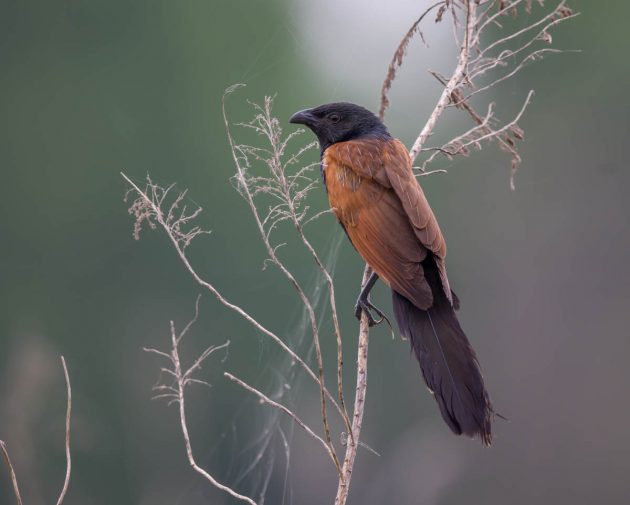
While the smaller size is the obvious difference between the Lesser Coucal and the Greater Coucal, another distinction (if you forget your measuring tape at home) is that the Lesser Coucal has some white streaks on the wings, unlike the Greater Coucal.
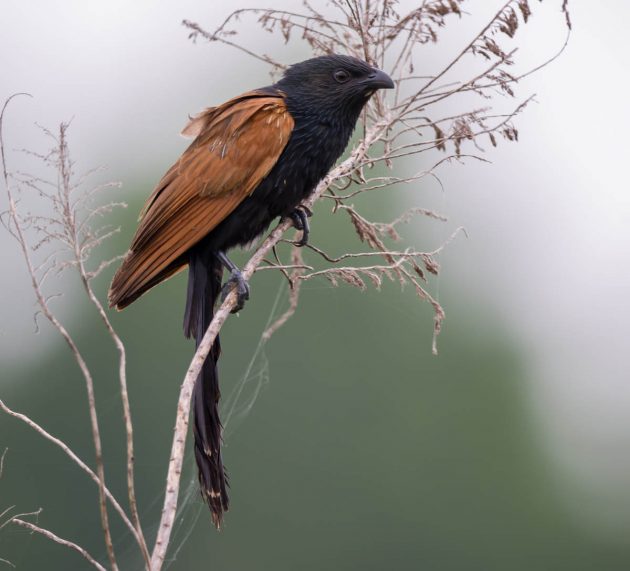
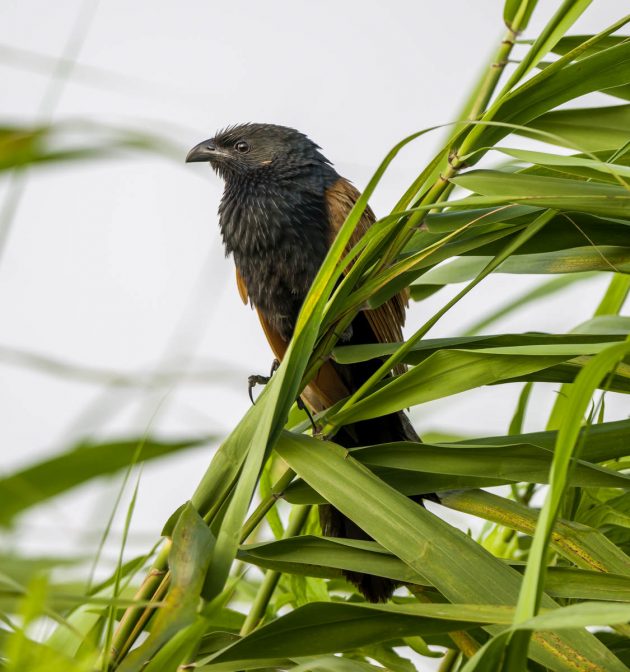
The Lesser Coucals sometimes try to argue with Chestnut-winged Cuckoos about the morality of having other species raise their chicks (The Lesser Coucal Species Committee also likes to point out that the species neither invaded Ukraine nor ever voted for Donald Trump – they can be a bit boring in insisting on always being on the good side). Needless to say, the Chestnut-winged Cuckoos do not give a damn, being busy trying to find an unguarded nest of a Hwamei at Binjiang Forest Park.
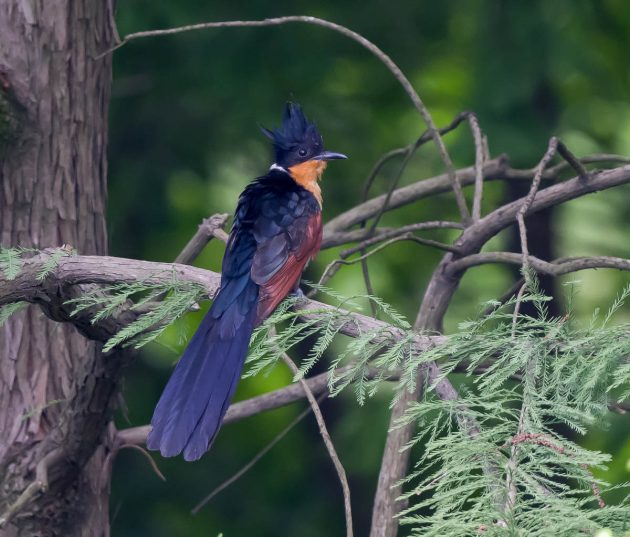
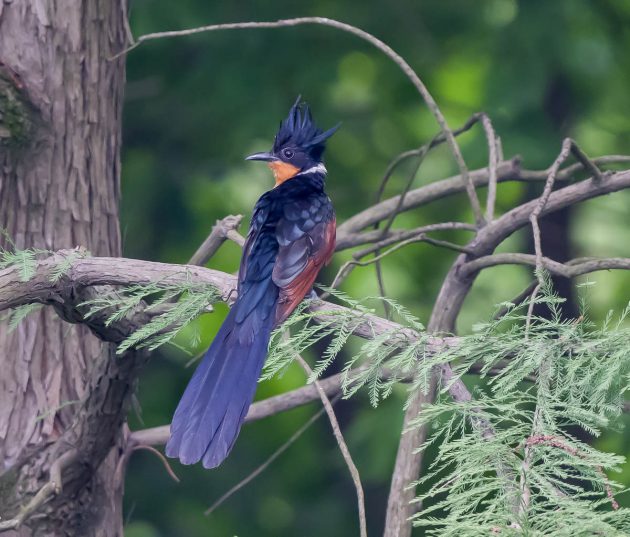
Or maybe the nest of an Azure-winged Magpie? They are also abundant at this location, and intriguingly, there is a study questioning whether they could be a host species (though unfortunately, I cannot open the file – I hope the authors will send me the paper).
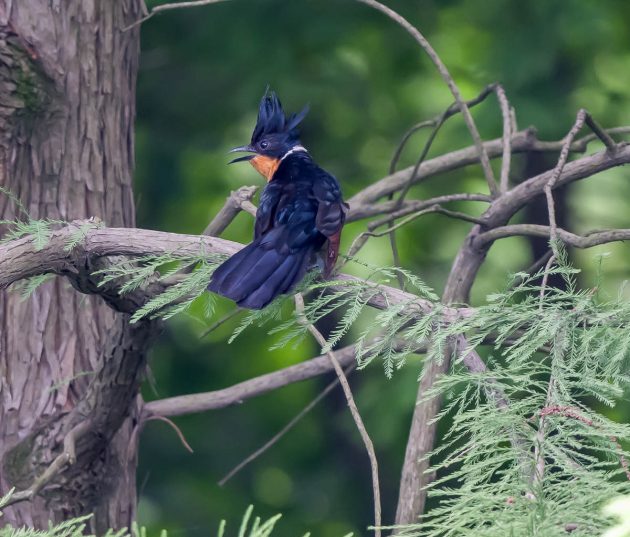
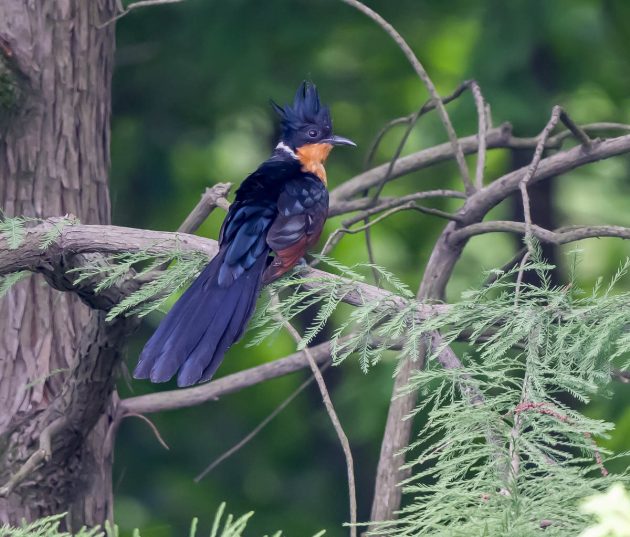
Chestnut-winged Cuckoo: This could be your host species! Azure-winged Magpie.
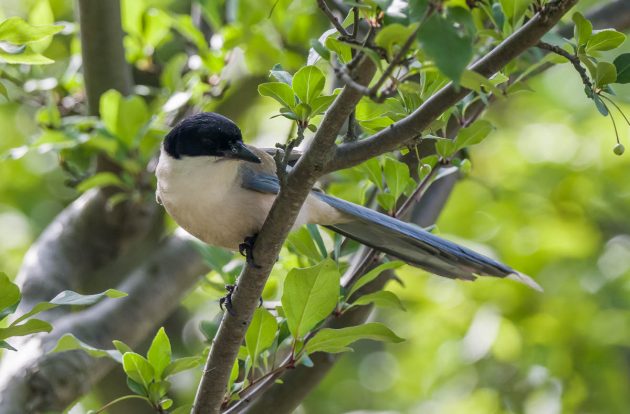
Weirdly, the Chinese name of this bird translates as Grey Magpie. I wonder if the color blue has some politically incorrect associations.
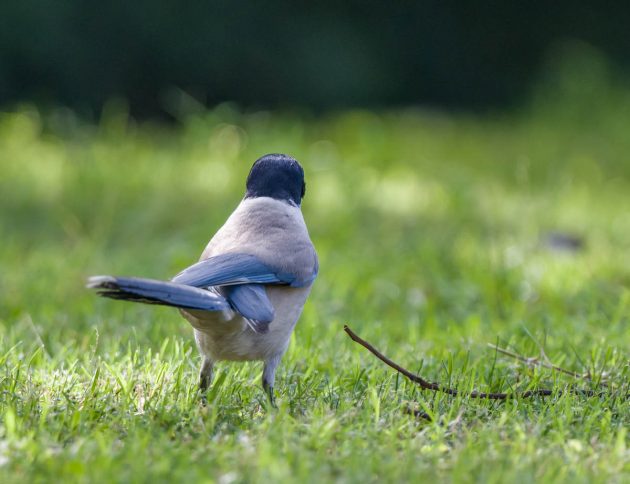
One of the established ways to evaluate self-cognition in animals (including humans) is the mirror test. In the classic test, an animal is anesthetized and then marked on an area of the body the animal cannot normally see. When the animal recovers from the anesthetic, it is given access to a mirror. If the animal then touches or investigates the mark, it is taken as an indication that the animal perceives the reflected image as an image of itself, rather than of another animal. Very few species have passed this test and according to a paper titled “Azure-winged magpies fail to understand the principle of mirror imaging” this species did not pass either.
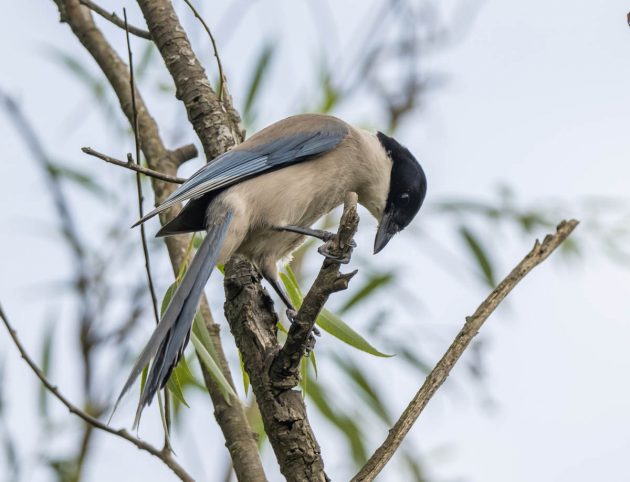
Similarly, the Yellow-rumped Flycatcher is the White-browed Flycatcher in Chinese. Not going for the obvious either.
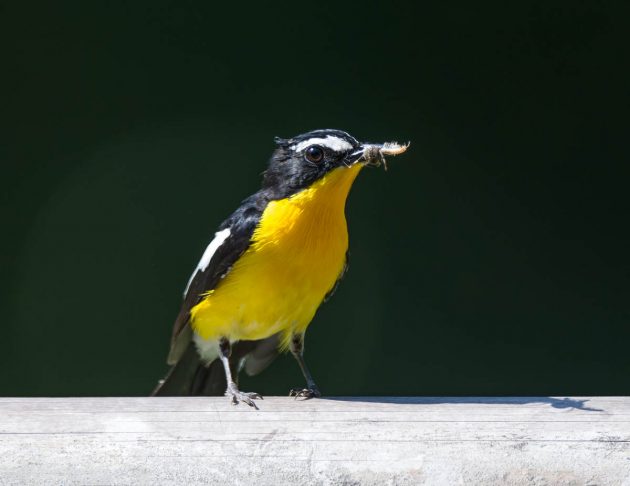
There was a breeding pair at Binjiang Forest Park this June. They make good use of one of the small bamboo pavilions.
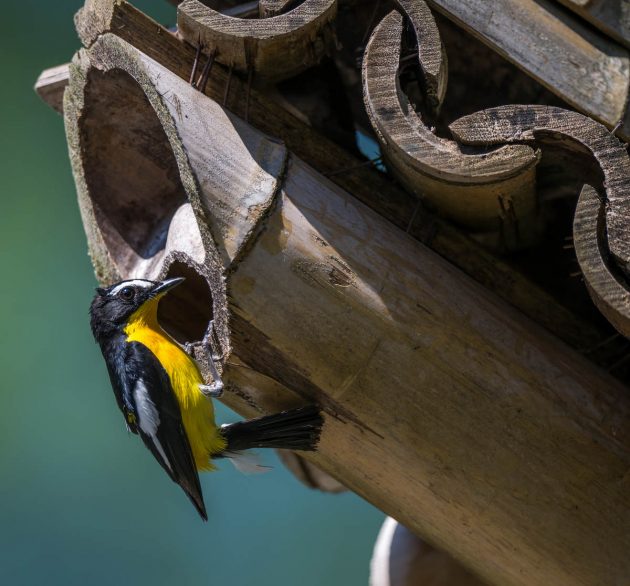
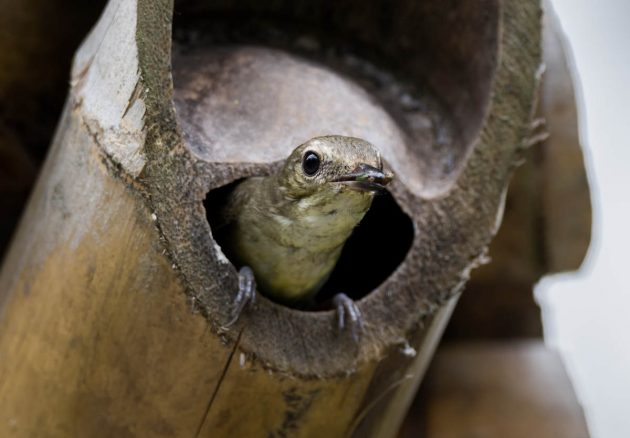
I wonder if entomologists have a deep affection for their subjects. If yes, some of these photos may be painful to watch.
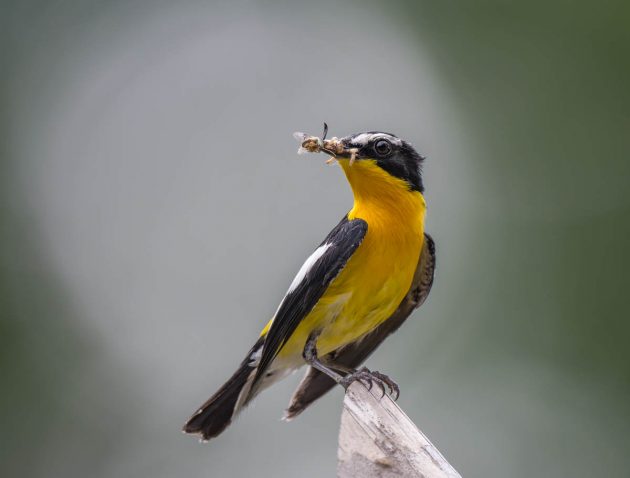
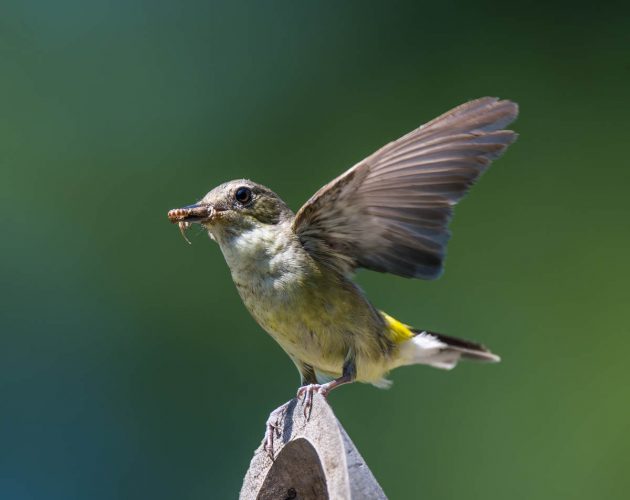
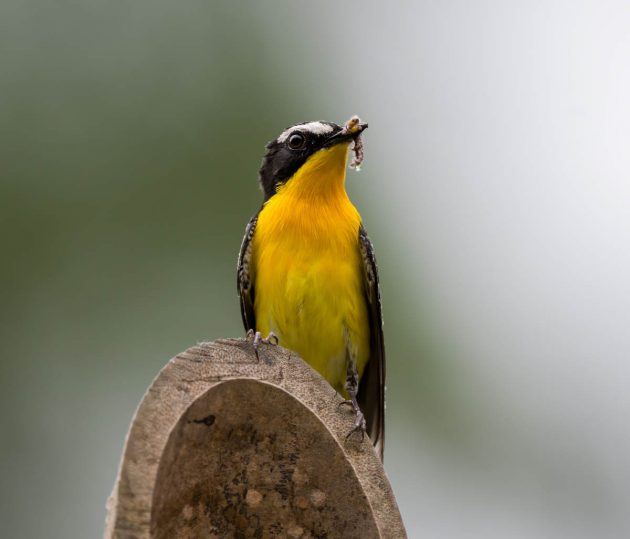
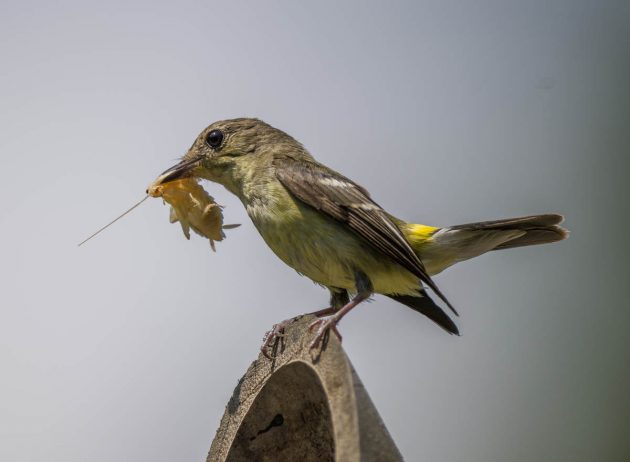
In the HBW, there are about 40 species with the word “plain” in the species name. For half of them, the pain of this is enhanced by the whole bird getting the “plain” designation, not just a part of the bird (i.e., Plain Prinia vs. Plain-backed Pipit). That makes for an inner core of about 0.2% of total loser species (assuming that the title of this website, “10,000 Birds”, is correct – and who would want to argue about that).
This is more serious than it sounds. In an experiment conducted by renowned ornithologists, they sent out applications for a position as a bird model. Those applications under the name of Plain Prinia got 83% fewer job interviews than those of an (otherwise identical) application of a (made-up) Splendid Prinia.
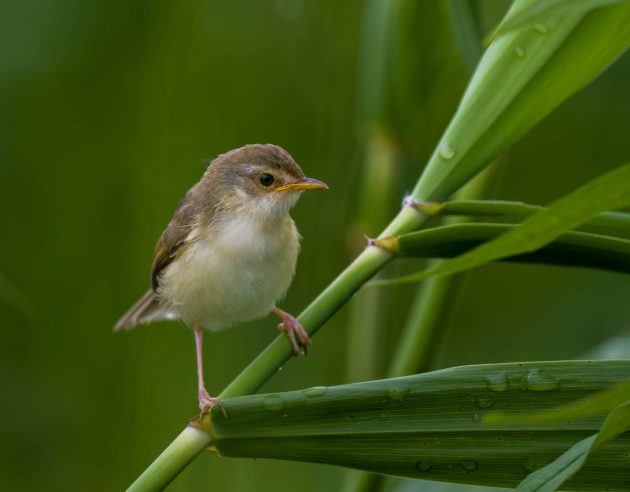
No wonder this juvenile Plain Prinia looks a bit glum.
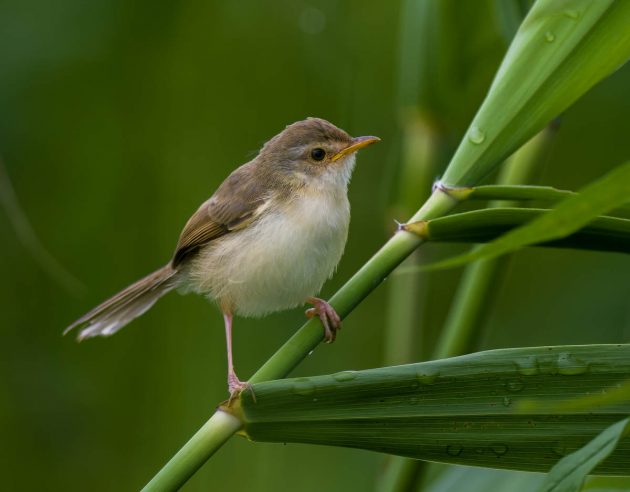
What chances does it have in life? Probably just a career as a functioning alcoholic. Nothing else.
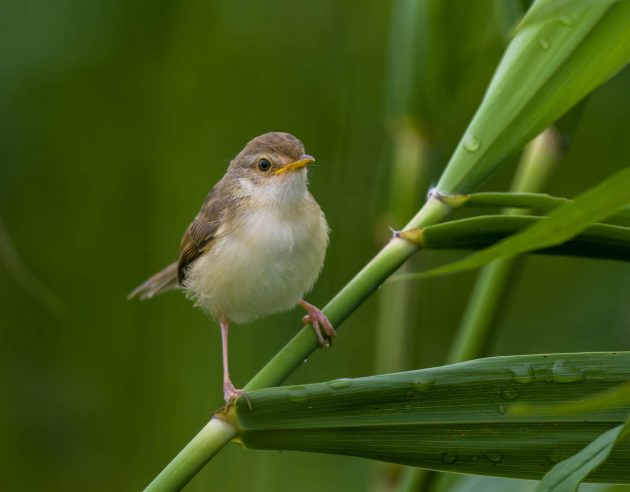
What could be plainer than the Eurasian Tree Sparrow? While I kind of like the species, to be honest, I only included it in this post to make references to two songs. One is to “Nature boy” by Nick Cave, with the line “And she moves among the sparrows”. Ok, this does not specify which sparrow species, but still …
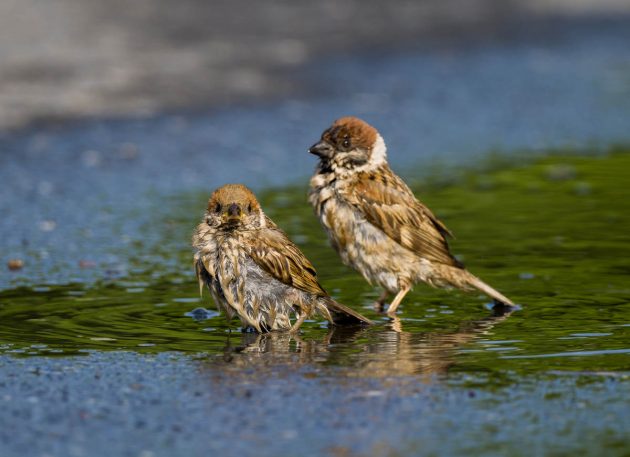
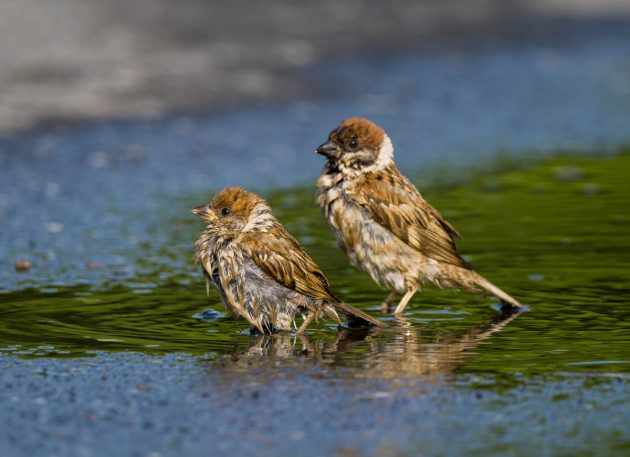
Another one is the song “We’re coming back”, originally by the band Cock Sparrer (Sparrer meaning Sparrow – Cock Sparrow apparently is a Cockney term of familiarity). While that song is quite old, Titus Andronicus have just released a very good cover version of the song. Even though I have to admit that the link to birding (via the name of the band who originally recorded the song) is a bit of a stretch.
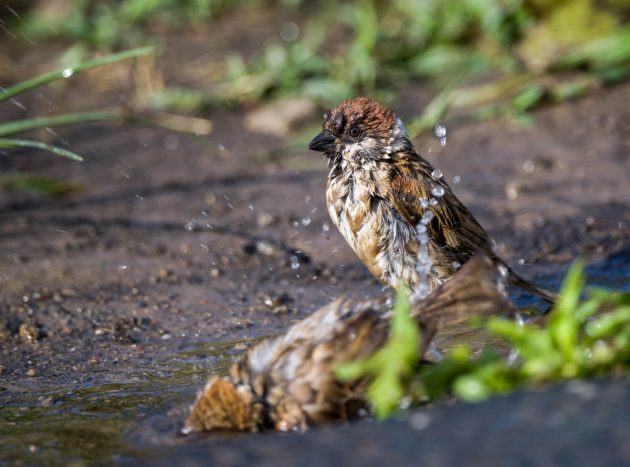
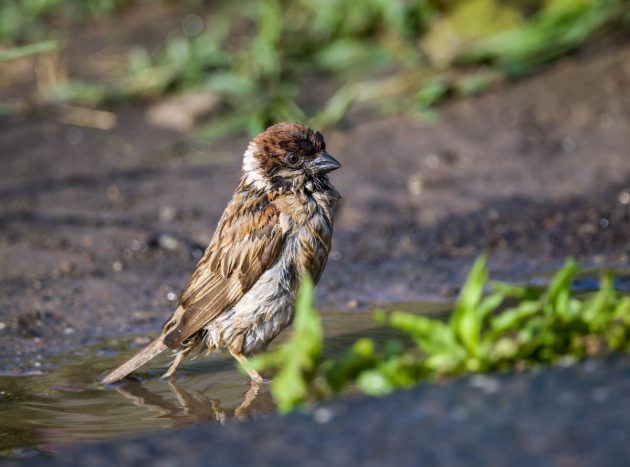
Fortunately, on slow birding days, in Shanghai, there is always the option to try and find some Reed Parrotbills. I am sure that they have a great future in Nanhui as Chinese President Xi Jinping has just stated that “humankind should protect nature and preserve the environment like protecting our eyes in a bid to push for a new pattern of harmonious coexistence between man and nature.” (source)
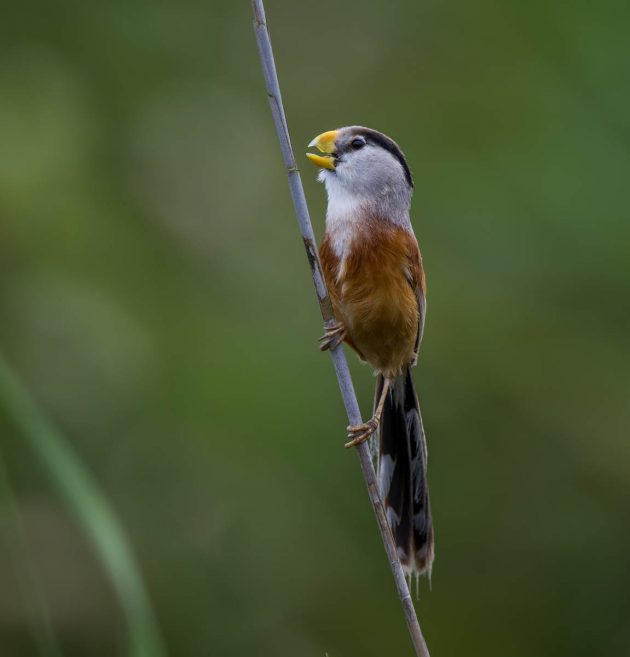
Xi would probably cry his heart out if he saw how his countrymen are destroying nature.
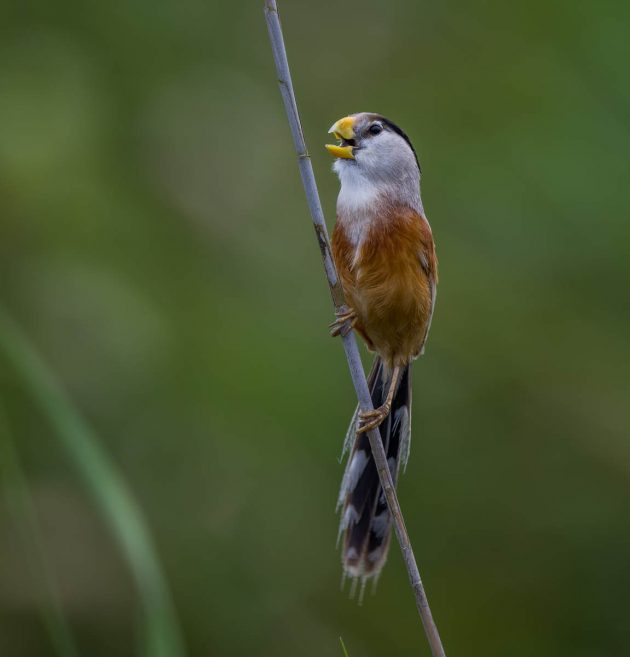
“We should protect nature and preserve the environment like we protect our eyes, and endeavor to foster a new relationship where man and nature can both prosper and live in harmony” (Xi Jinping)
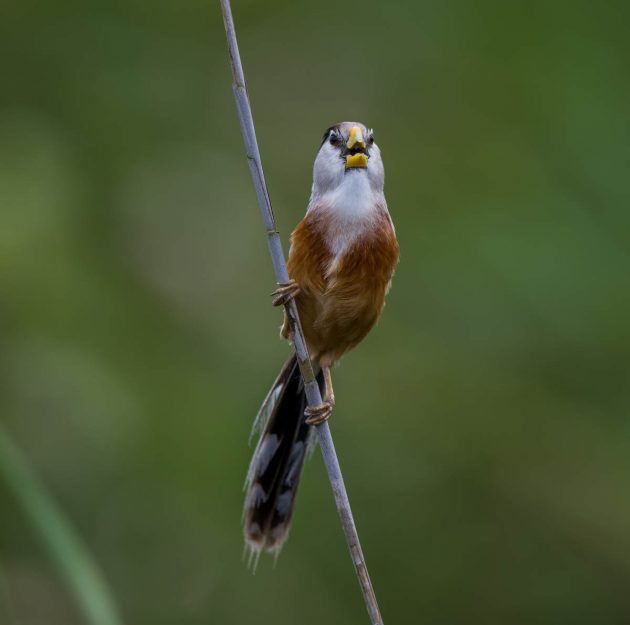
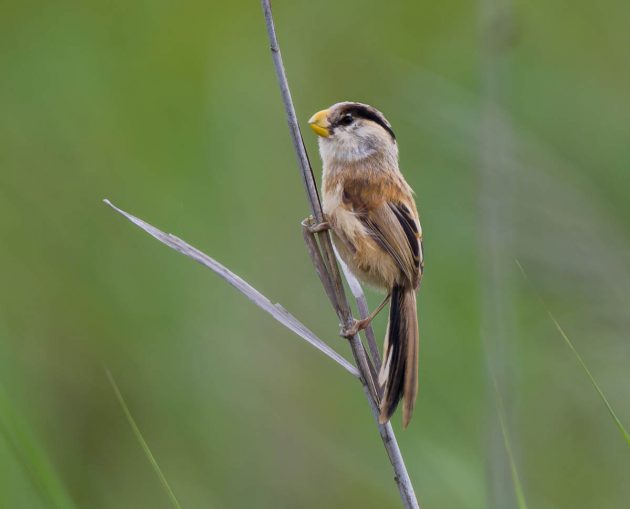
Among humans, there is a tendency to dress very young humans up in the most colorful way possible. Fortunately, Reed Parrotbill chicks do not follow that fashion and look nicely drab.
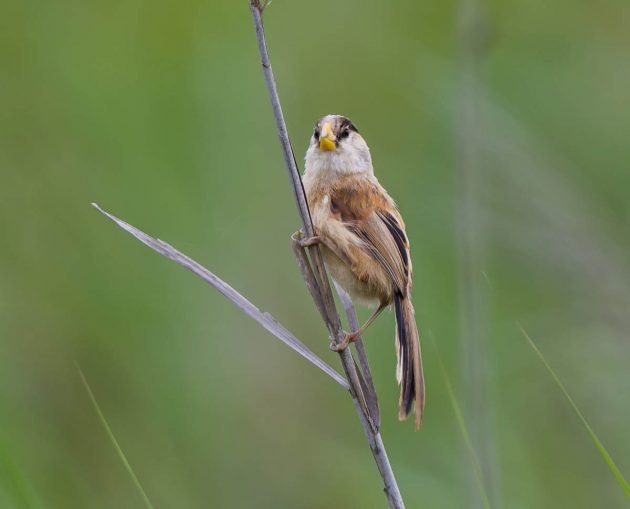
Of course, the Common Cuckoo is generally seen in a rather negative way due to its way of dealing with bringing up its chicks. That may be unfair – maybe cuckoos can be an inspiration to all of us. I am thinking of writing a business book, “Business Success the Cuckoo Way – Achieve your goals while letting others do the work”. I think it could be a bestseller.
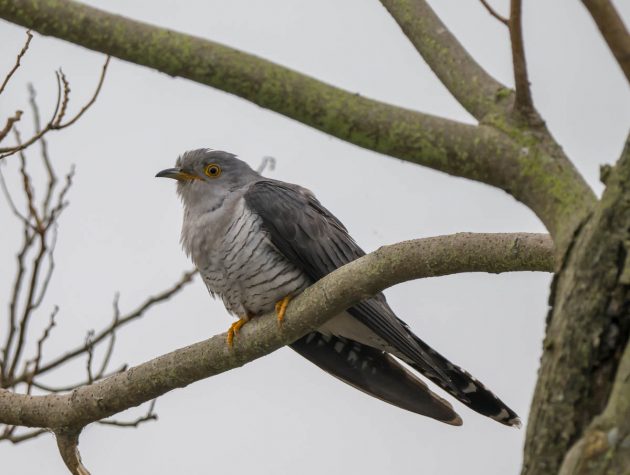
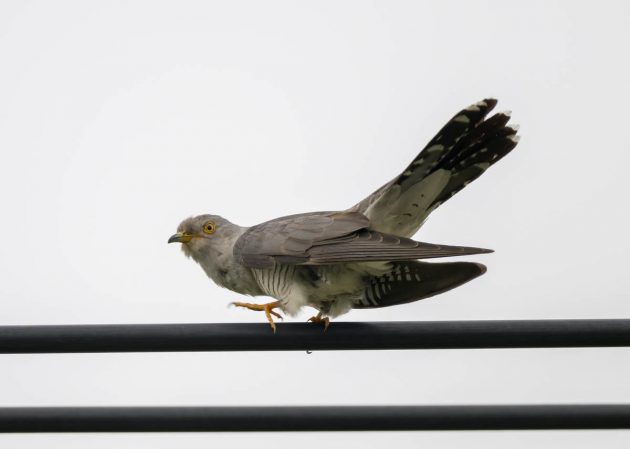
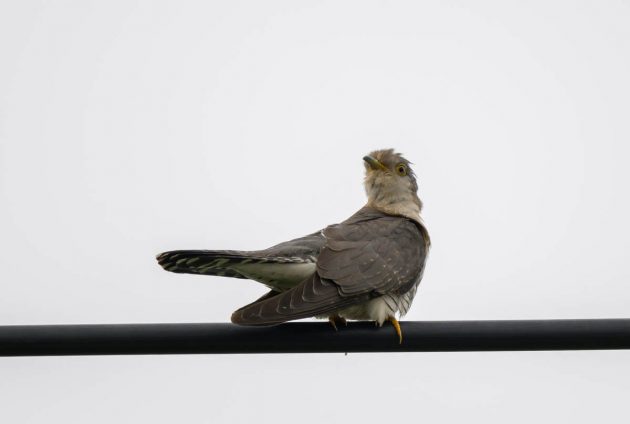
Those who think that birds always have nice songs have not heard the Oriental Reed Warbler yet. I would probably rather listen to children on a playground than hear this bird for an extended period of time.
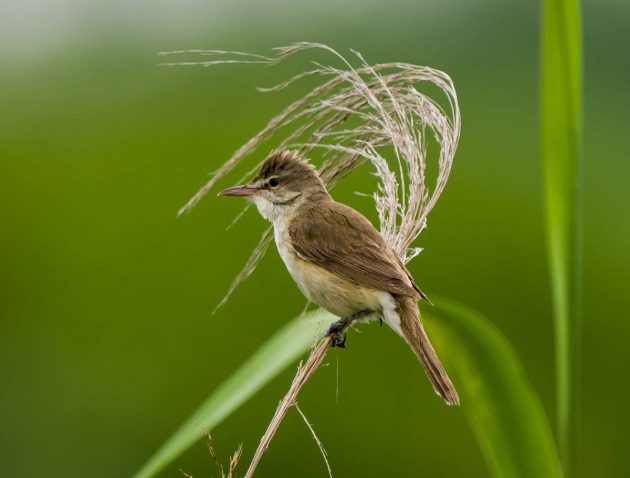
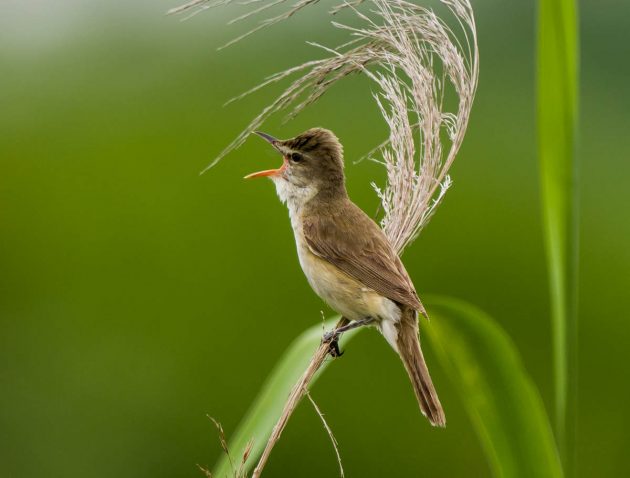
Interestingly, Black-winged Stilts display laterality – that is, they preferentially use one eye (the right one) to find prey. Also, pecks that followed right-eye detection were more likely to be successful than pecks that followed left-eye detection, as evinced by the occurrence of swallowing after pecking (source).
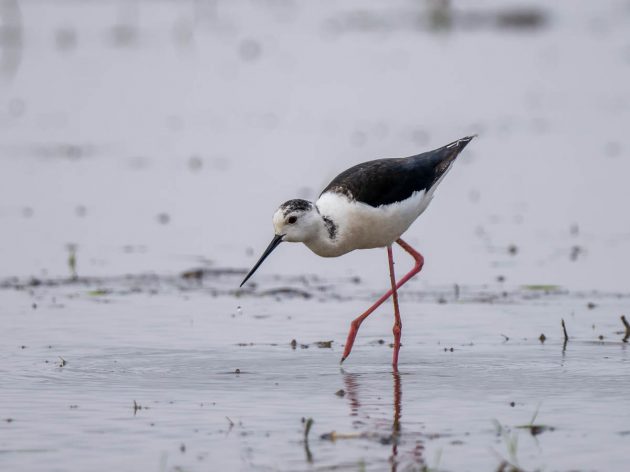
This is proof that it is possible to write about Black-winged Stilts without mentioning their long legs.
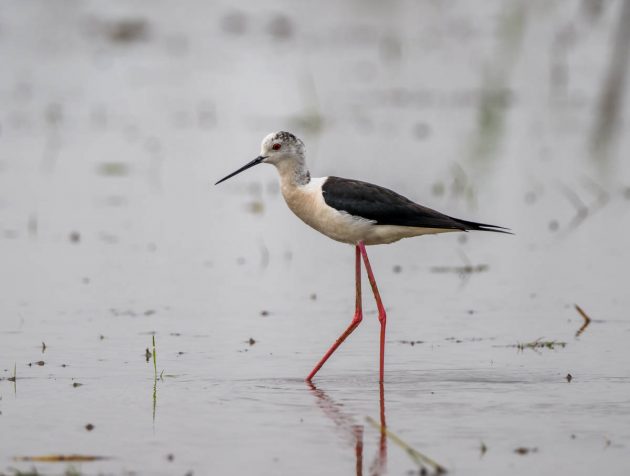
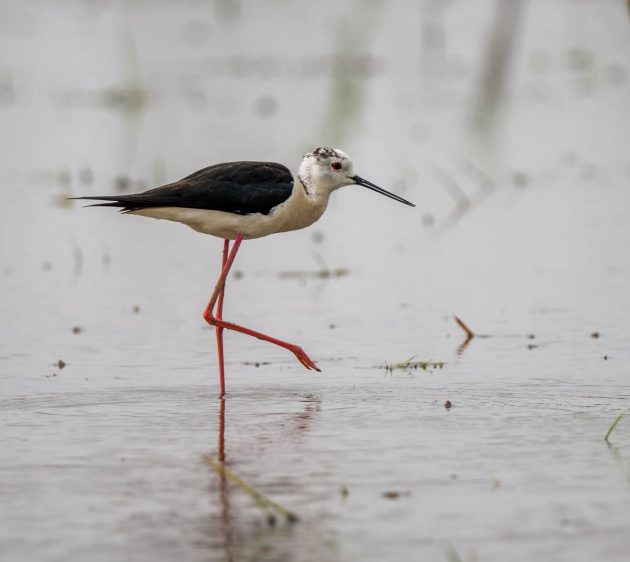
But it is not easy.
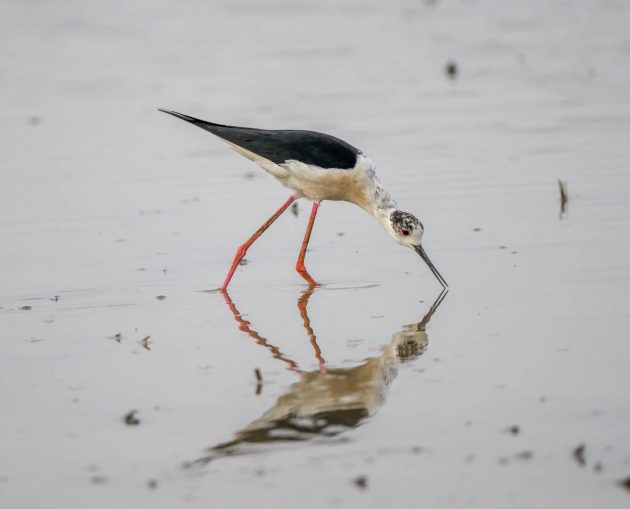
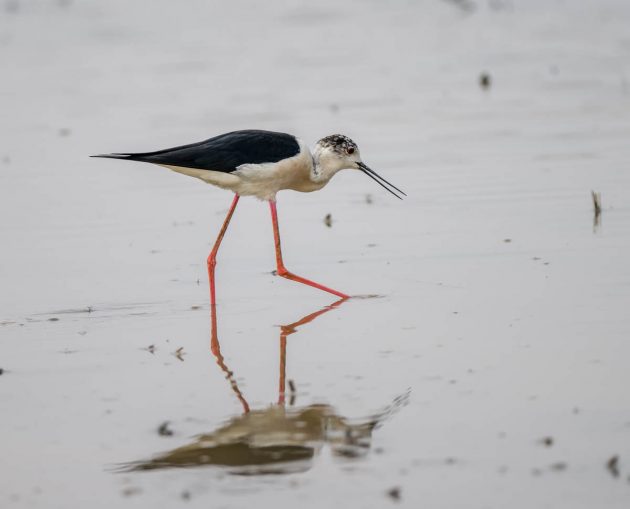
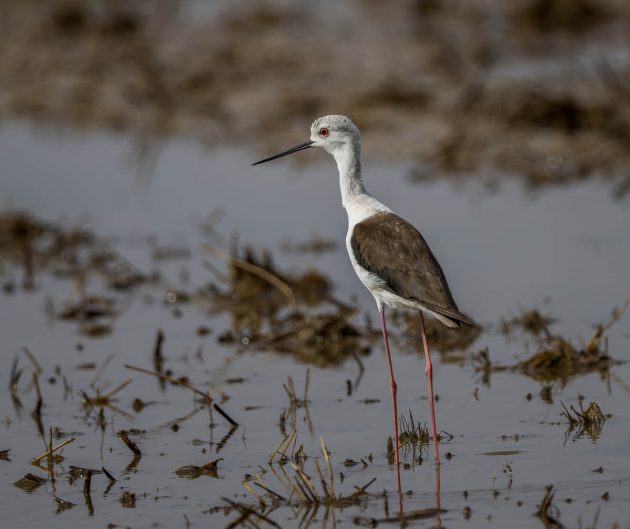
A study on Black-tailed Godwits found that flying against the wind is harder than with the wind. Most scientific research really just proves the obvious. Of course, as a paper title, it sounds a bit more sophisticated: “Adverse wind conditions during northward Sahara crossings increase the in-flight mortality of Black-tailed Godwits”. Perhaps in an attempt to secure future research grants, the result is also linked to global warming: “Changing wind conditions associated with global change may thus profoundly influence the costs of long-distance migration in the future.”
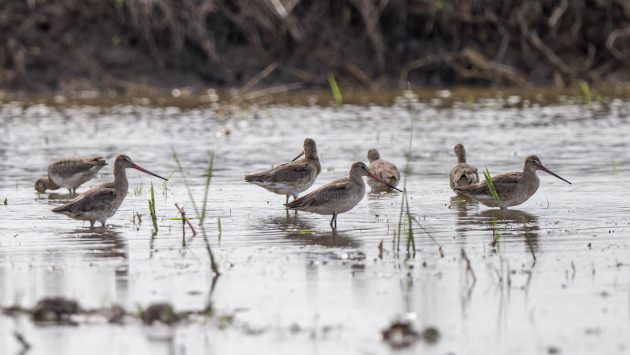
The photo in landscape format below could look very impressive if it was a lot bigger. The way it is shown here, it is basically just an embarrassment.

Common Moorhens are much more disciplined in doing stretching exercises than me when I am running. Well, when they do it, they look much less like a handicapped creature than when I do it.
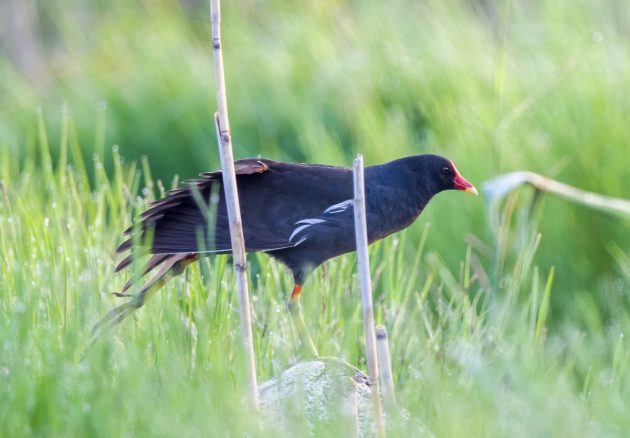
However, they sometimes claim to be the national bird of Germany due to their black-red-yellow color combination – this is not true. We Germans of course chose a much more aggressive national bird to match our (hopefully only past) militaristic instincts: the white-tailed eagle.
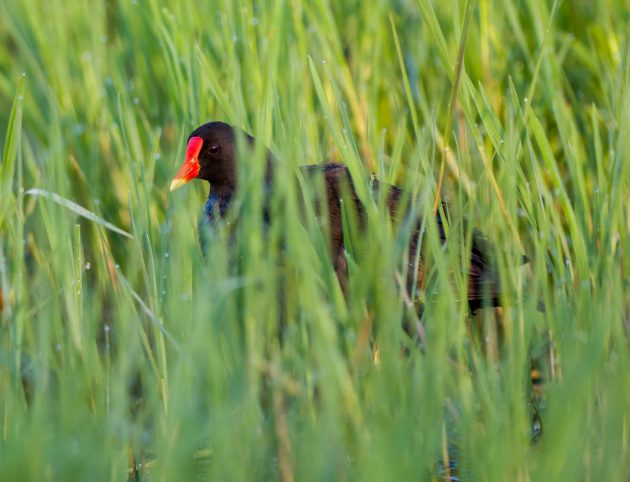
So, if a German senior citizen is called by a Common Moorhen asking for money on account of it being the national bird of Germany, it is a scam. Don’t be fooled, and warn your grandmother about it, too.
Their chicks are kind of cute though.
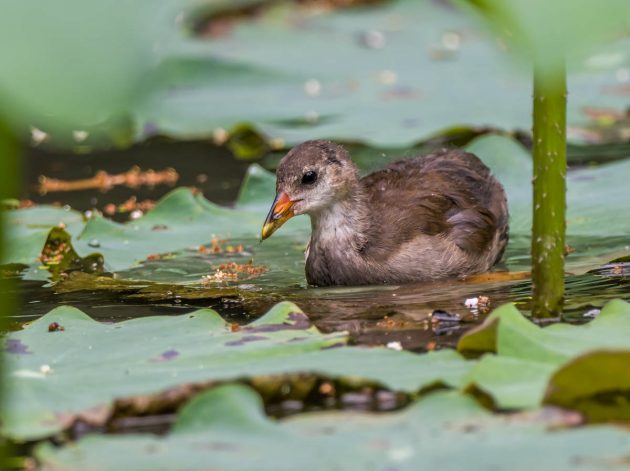
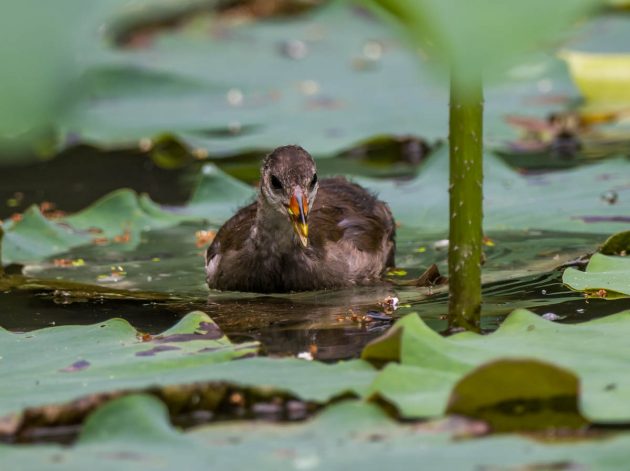
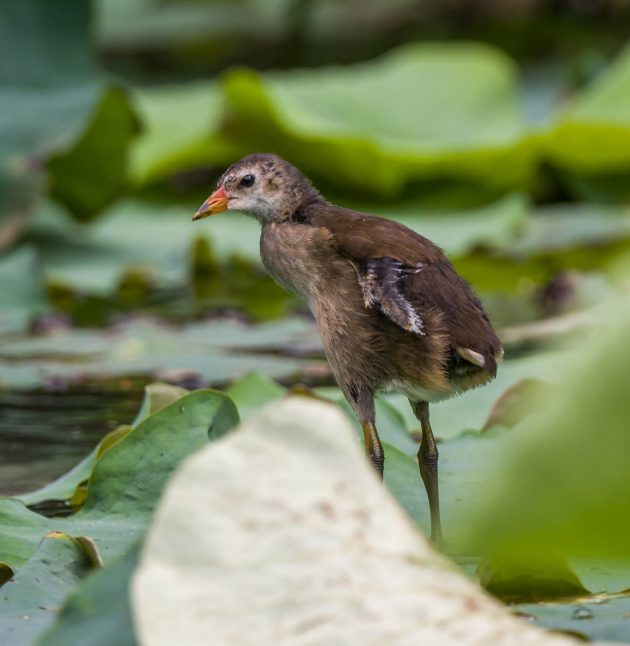
One rather annoying thing about birdwatching is that along with seeing birds, you also have to listen to them. And let’s face it, while some of them sound nice, most are well below the musical standards you keep for your car or your living room.
Fortunately, Haiwan Seaside Park in Shanghai has found a good solution. They just blast Chinese pop music throughout the park. This allows you to watch birds (well, at least those that are not too noise sensitive) while not having to suffer their sounds. Genius.
One minor point to improve though: Why not – instead of playing mediocre Mandarin pop – play “Birdwatching” by The Burning Hell …
Some lines from that song that resonate with me:
“I have an allergy to strategy and inspirational quotations
My reaction’s anaphylactic to vocations or to nations”.
Though it may be better if my consulting clients are not too aware of this, as they tend to love grand strategy as well as mission/vision statements.
Random thought: What if I had died a month ago and never heard anything from The Burning Hell, nor the new Mountain Goats song “Training Montage” … Such sad and depressing thinking.
Back to real birds. The two species I thus did not have to listen to much in the park were the Black-throated Bushtit …
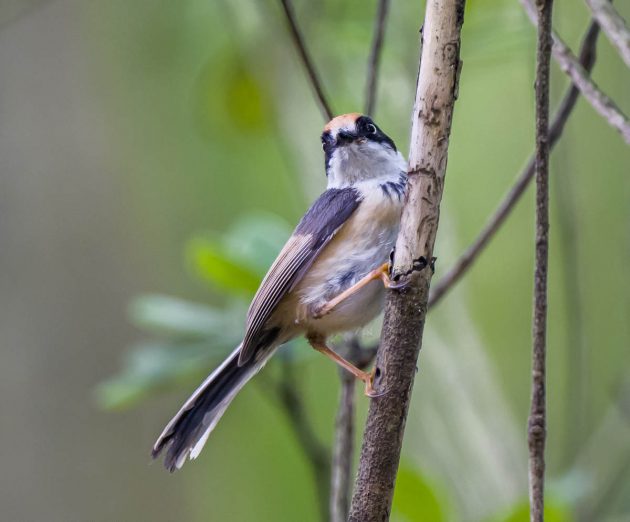
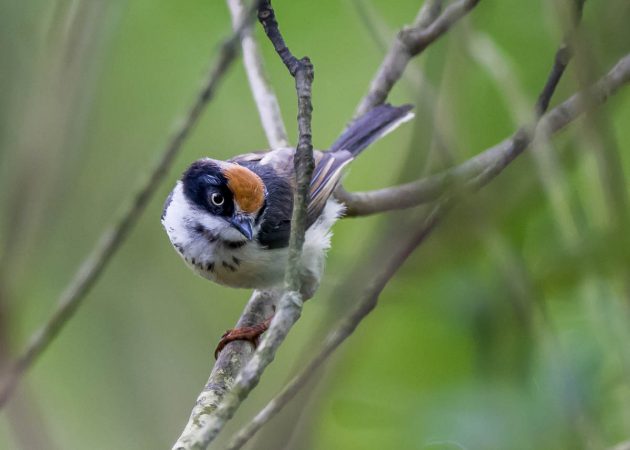
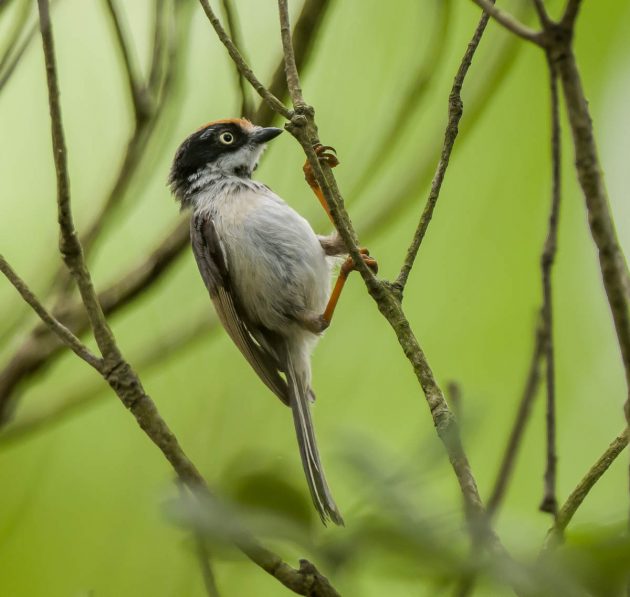
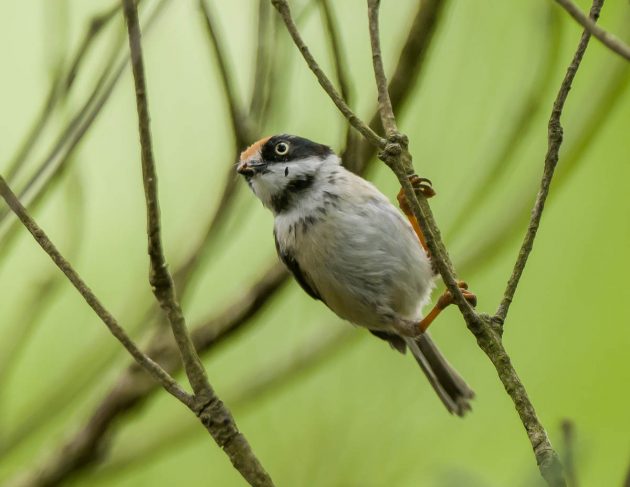
… and Hwamei (not happy about the loudspeakers and thus staying somewhat hidden).
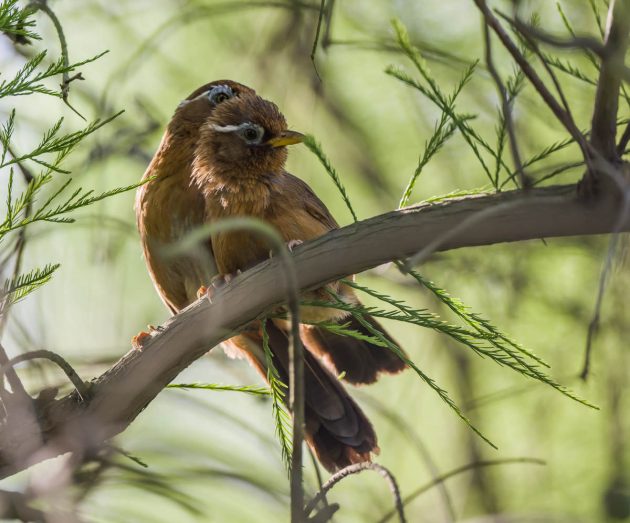
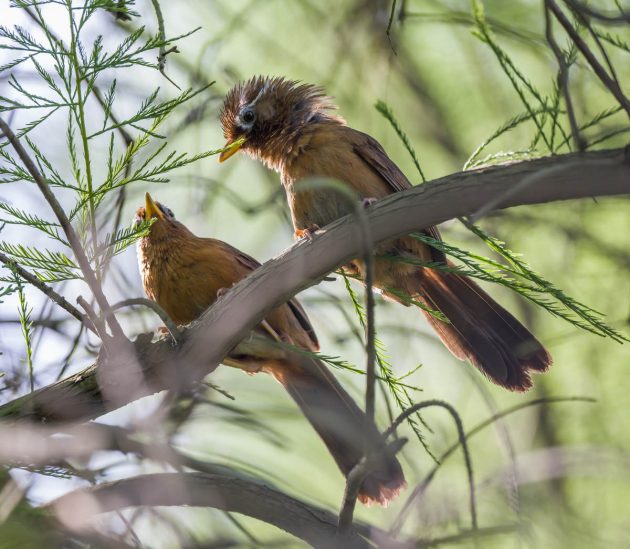

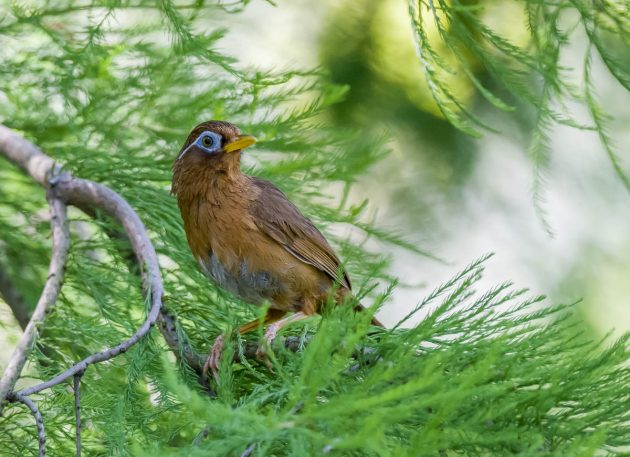
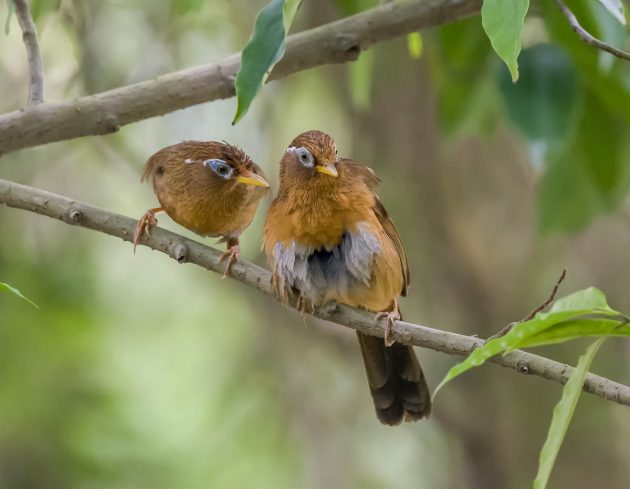
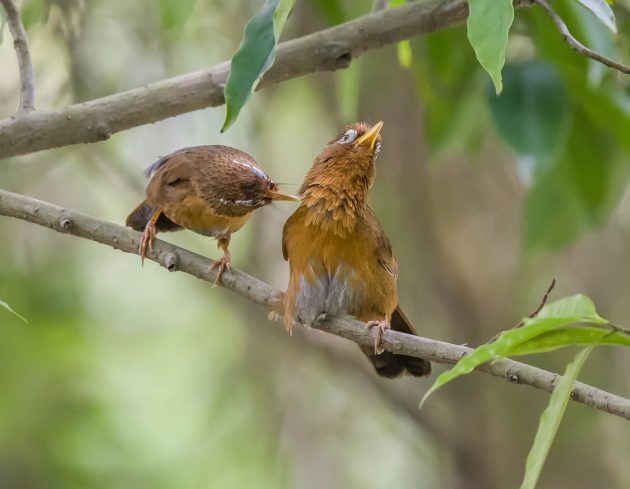
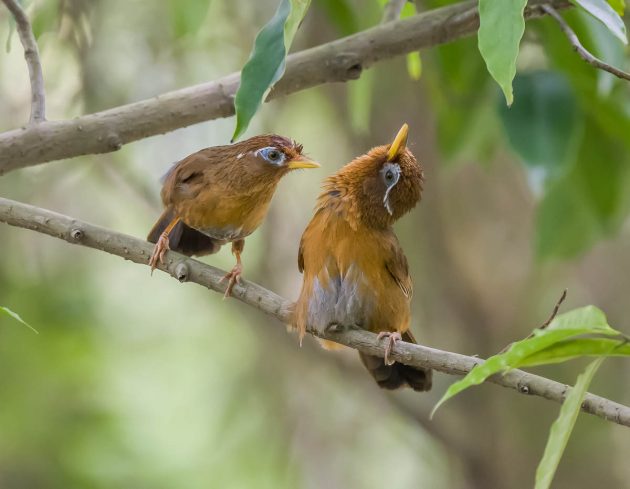
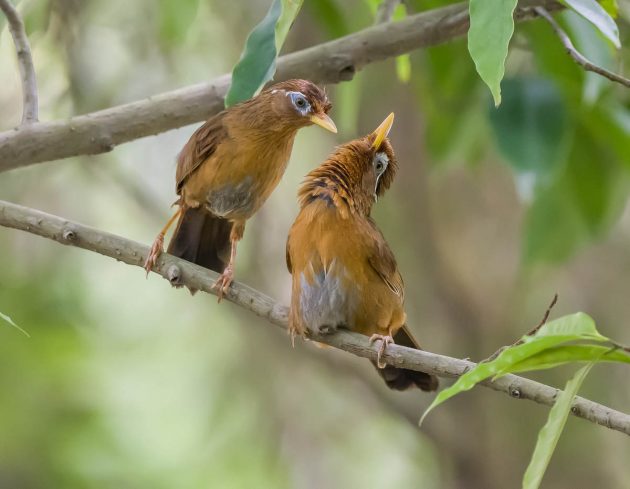
It is such a sad thought that many of these birds – which seem so social and loving – spend their lives in tiny cages. Humanity is not very human. I hope that the people doing such things will eventually die. Encouragingly, they are mostly old men, so there is a chance that this might happen sooner rather than later.
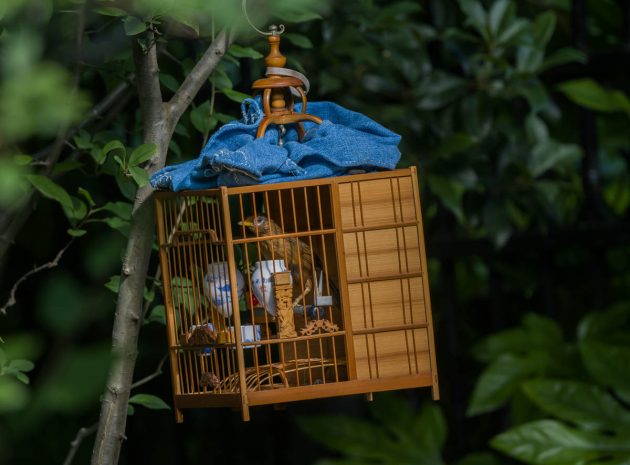
Such a sad sight … and do not tell me it is Chinese culture. If it is, then waterboarding should be protected as US-American culture.
Even a Heron Conservation Group seems to have a none-too-positive view of the Striated Heron, describing it a bit as if it is the Quasimodo among herons: “The Striated Heron is a small, stocky dark backed heron with a thick neck, relatively heavy dark bill, thick short legs, and grey neck.” How unfair.
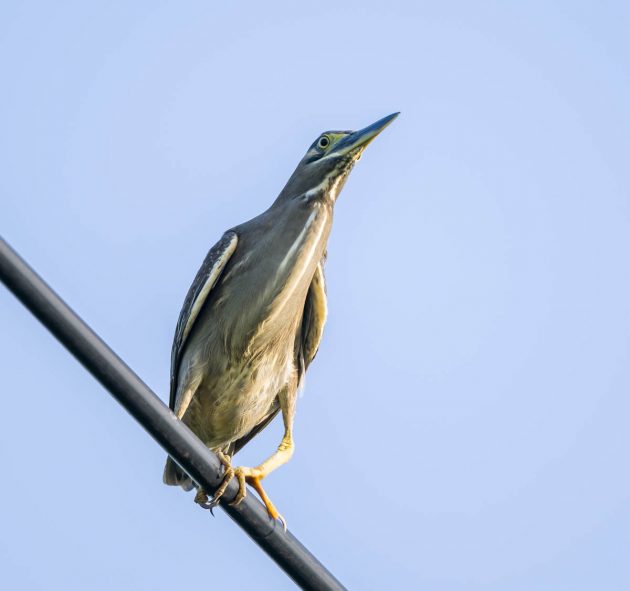
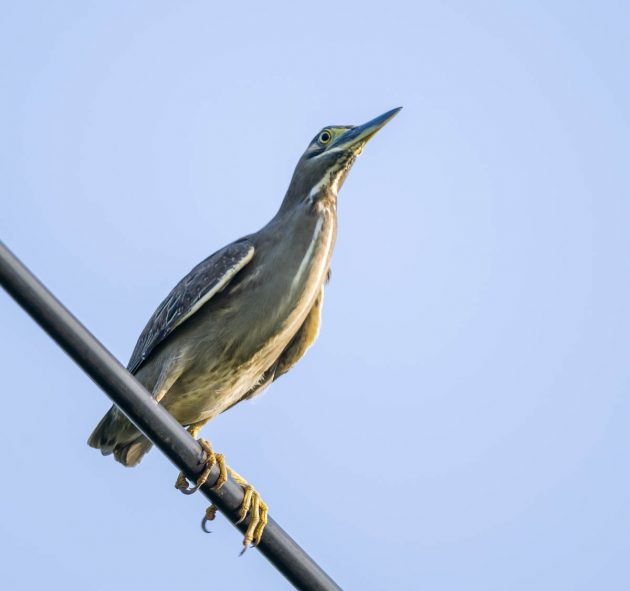
In contrast, Black-winged Cuckooshrikes are “slender, attractive birds” (source), though their name is rather dishonest as they are neither cuckoos nor shrikes, and eBird describes their color as “dark sooty-gray with a slaty sheen”, which is not quite the same as black. The “-winged” part of their name is correct though, as they do indeed have wings.
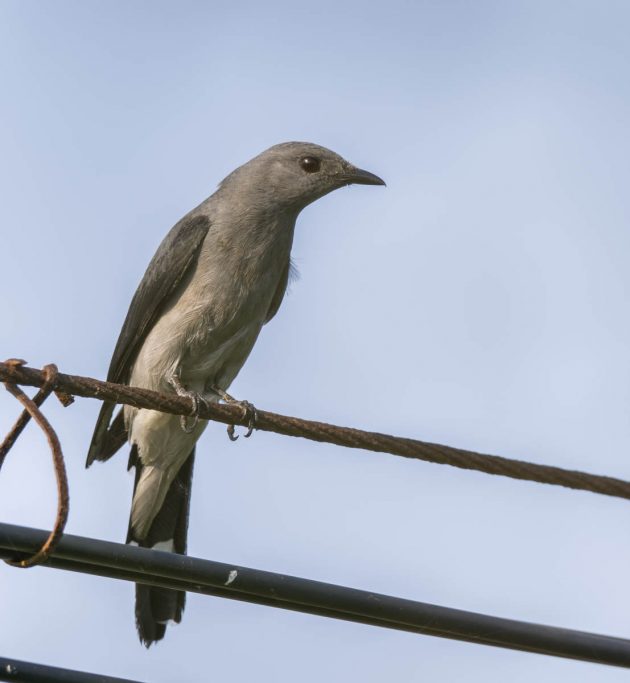
Maybe one similarity to cuckoos is that they eat toxic-looking caterpillars.
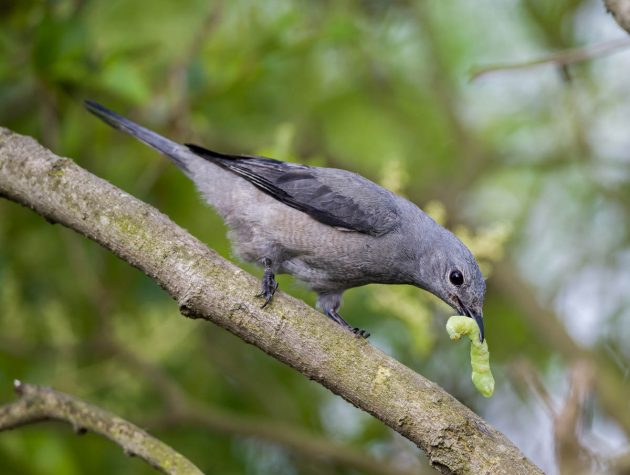
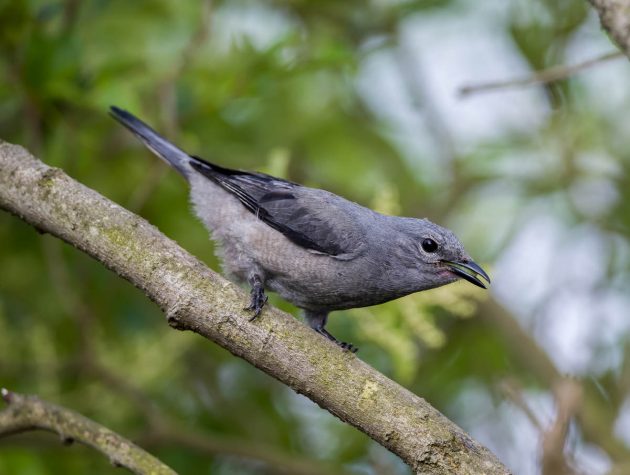
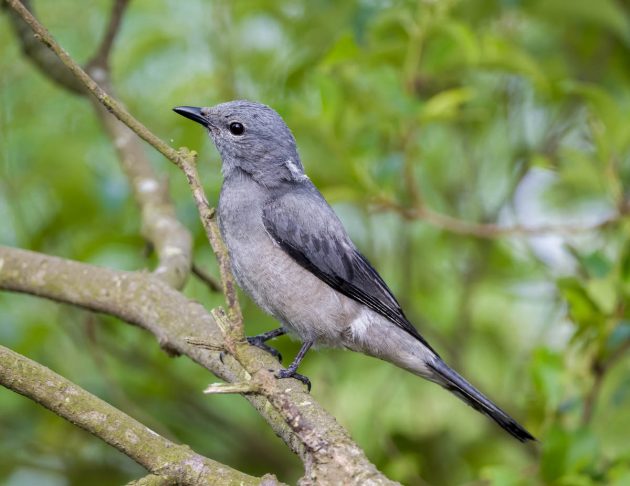
Crested Mynas can look rather stately if they try to, rather like a slightly condescending professor looking down on his students.
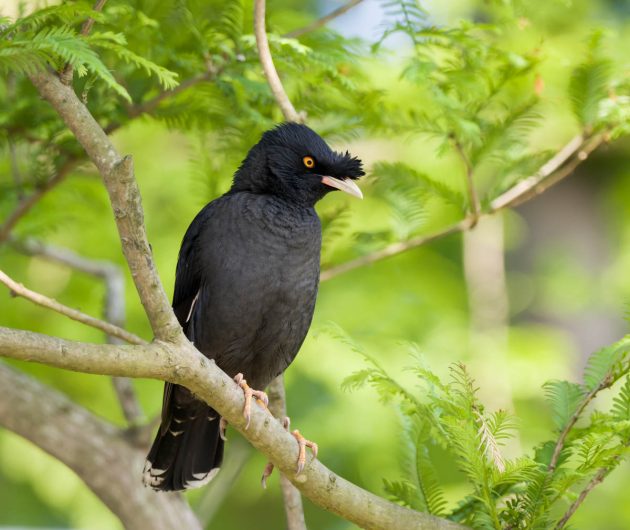
As probably remarked before, most of the work scientists do is to prove what seems obvious. In this spirit, Taiwanese researchers studied Red Collared Doves and found that in larger groups, these birds spend less time scanning for danger when in larger groups (and correspondingly had more time for feeding). Birdwatchers may be familiar with the related phenomenon that sometimes it is easier to approach a single bird than a huge flock
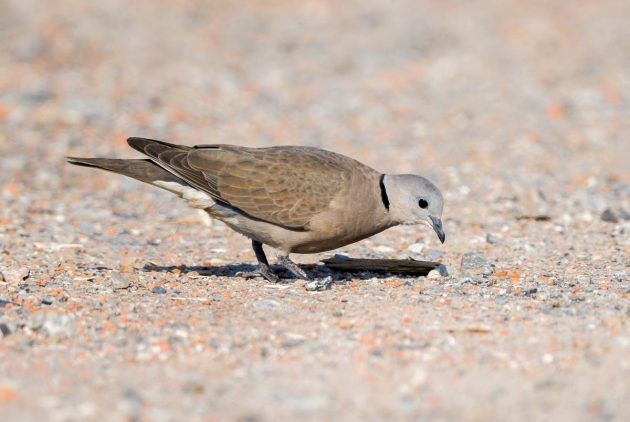
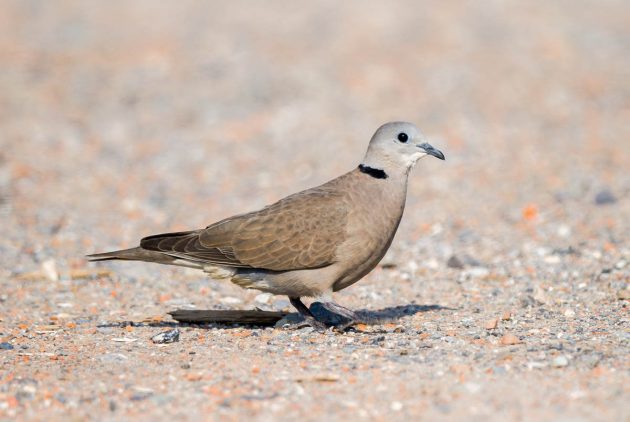
This one was on its own and thus allowed me to get relatively close.
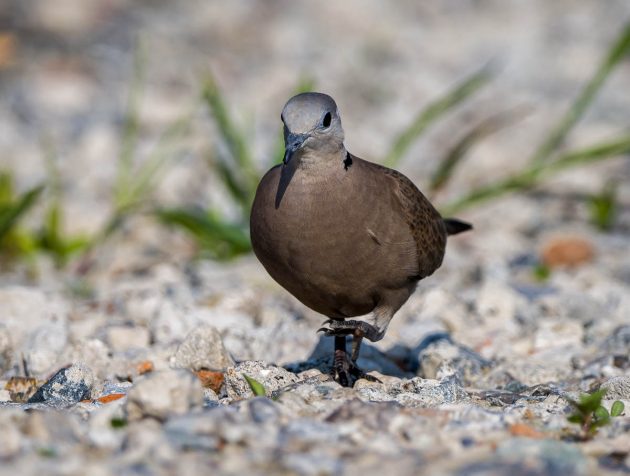
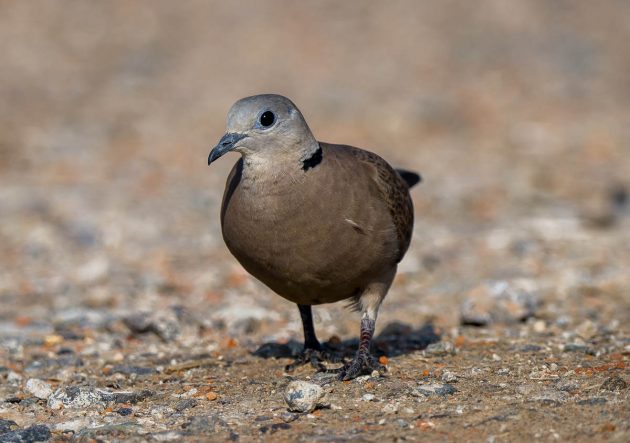
When juvenile Chinese Blackbirds want to get an alcoholic drink at a bar, they usually blacken their yellow gape flanges in order to look older. Sometimes it works.
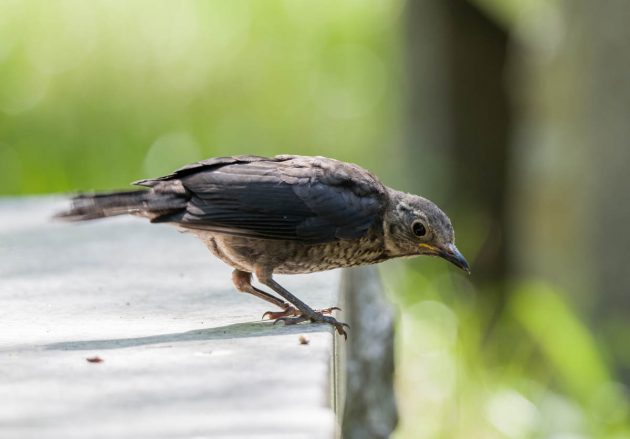
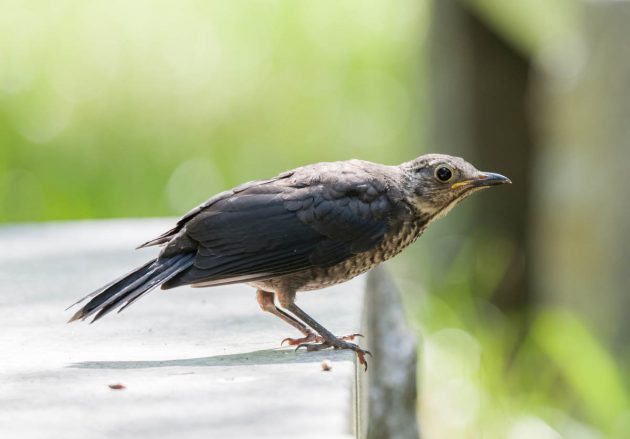
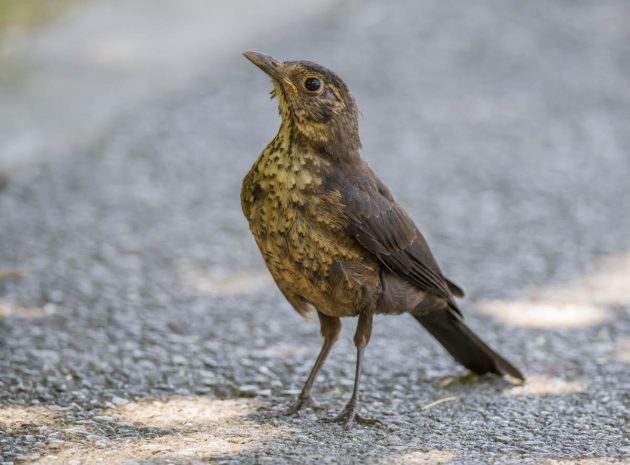
A pair of Grey-capped Greenfinches seemed to be collecting nesting material – I thought it is a bit late but the HBW states that their breeding season is Mar–Aug and that they have two broods. For a dyed-in-the-wool nonbreeder like me, that seems a bit much.
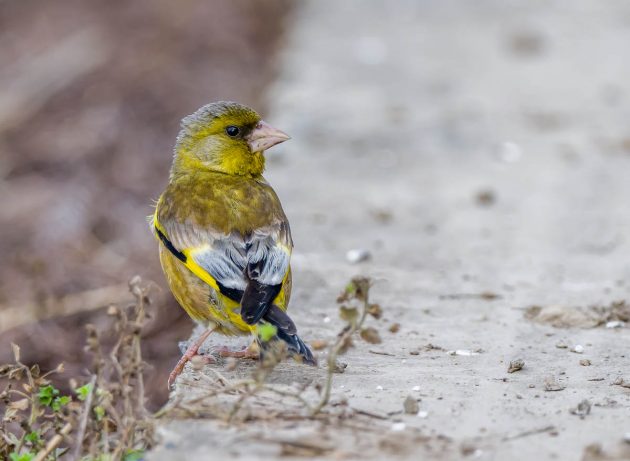
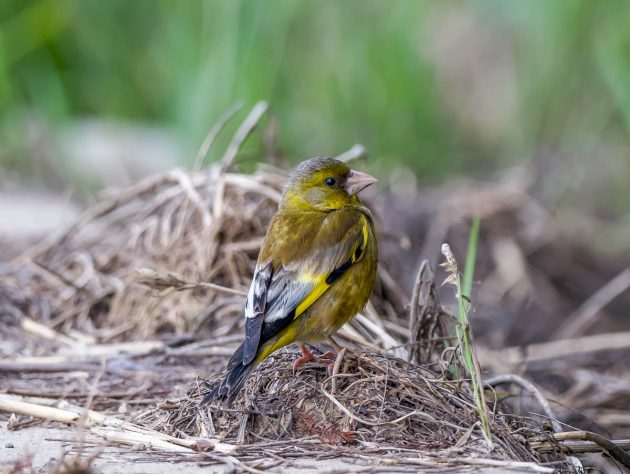
I like the title of the paper “Visual fields in the Black-crowned Night Heron Nycticorax nycticorax : nocturnality does not result in owl-like features”. This presumably means you do not need to look like an owl to be able to see at night. Many nocturnal mammals and birds such as the Kiwi would likely wholeheartedly agree.
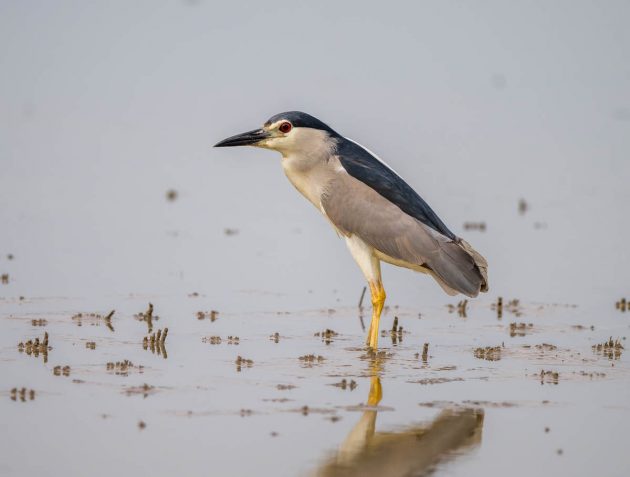
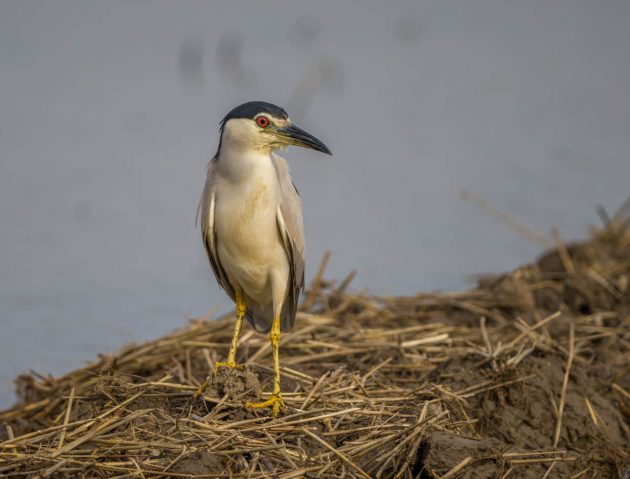
One of my readers commented on a previous post, asking “No Japanese Tits there?”, presumably disappointed by the lack of the inevitable bad joke related to this species. Well, Nanhui had some this month. And yes, they do look nice when they are young and in their prime.
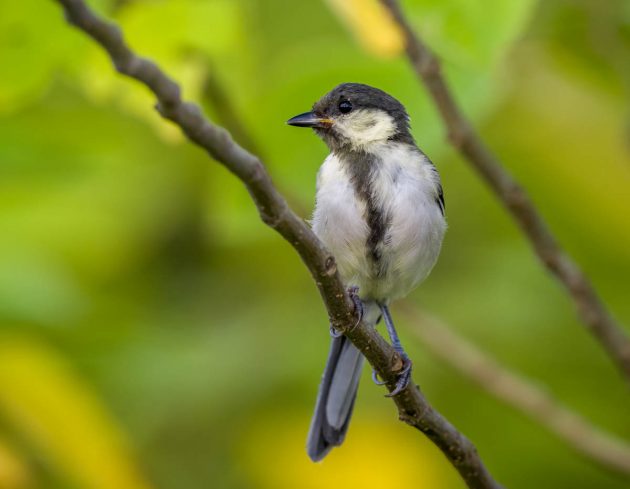
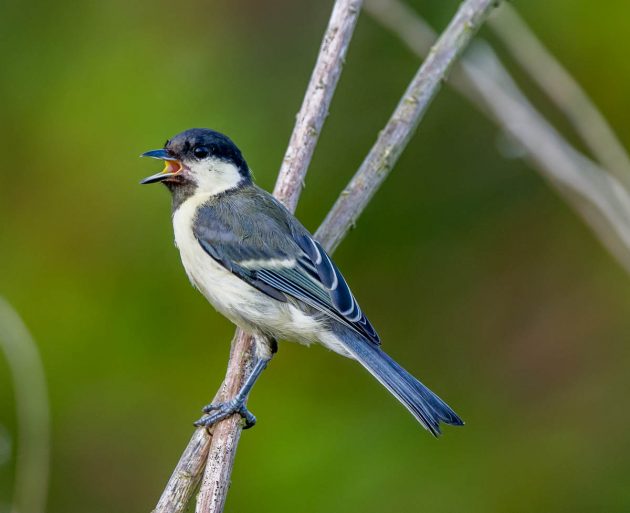
This one seems to wonder about whether eating flies is the right lifestyle choice though.
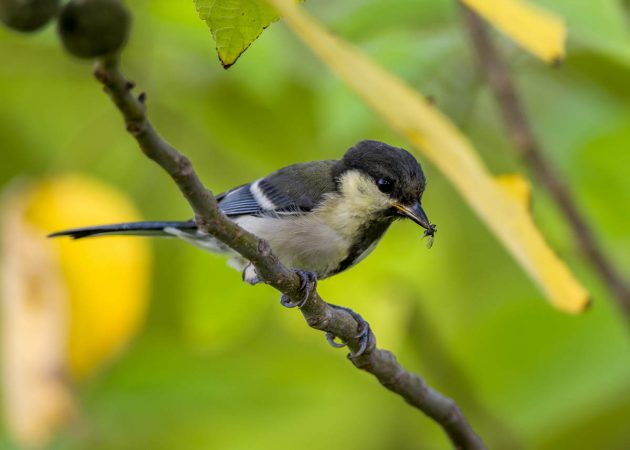
One of my great misguided theoretical money-making schemes has always been to publish a series of demotivational posters targeting specific groups of people. The one for bird photographers (a Spot-billed Duck) is shown below. Now I just need to think of a sufficiently demotivating title. Help is appreciated.
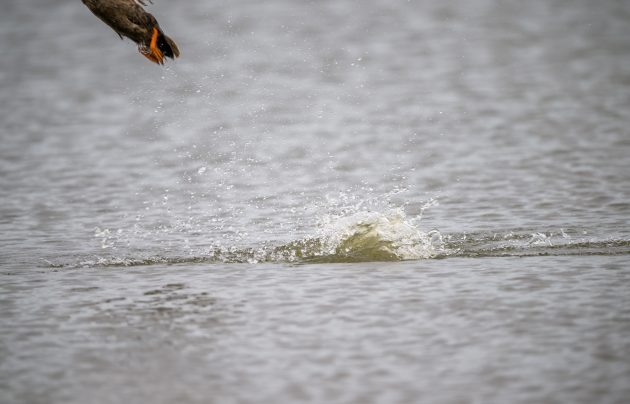
Another – and I know that nobody ever reads so far down my lengthy posts, so I can essentially write whatever I want down here – is to publish a book titled “Frivolous Uses of Time Machines”. Granted, so far I have only thought of one or two examples myself (my favorite so far: killing Hitler 5 minutes before he commits suicide in 1945), and one friend suggested another interesting one (“flashing Anne Frank”) but that is not enough yet, of course. Reader, your input is needed.
Regular readers of my posts – both those waiting for bad Japanese Tit jokes and those who desperately hope to be spared of them – will be familiar with my occasional unasked-for music recommendations. Sometimes I try to find a tenuous link to the birding world, sometimes I do not even bother. This is one of the latter cases – The Pains of Being Pure at Heart with a cover version of the old James song “Laid“. You can rely on the American public to do some minor damage to art – the American video of the original James song replaced one word in its opening lyrics with “she only sings when she’s on top”. But from the song title, you can easily guess what the original word was, or just listen to the song in the Pains of Being Pure at Heart version which does not feature this infantilization.
A bit more about America: The Lace Curtains (in “Death to America“) sing “But we’re singing ‘death to America’ at the top of our lungs – Yeah, we’re singing ‘death to America’- We were just making fun”.
And while Cathal Coughlan is British, his song “Only losers take the bus” sounds more appropriate for the US. After meeting with some friends in Berkeley more than 25 years ago, I said I would go home by bus. Melissa objected and offered to drive me – “If you take the bus, it means you have no friends”.
Cathal Coughlan’s song starts with another great line – “I’m not stupid – I’m a man”. I guess if I was more patient, I could have waited using this line until seeing the next male bird behaving stupidly in front of a female. Then again, waiting is risky. Cathal Coughlan died on May 18, 2022.













Leave a Comment